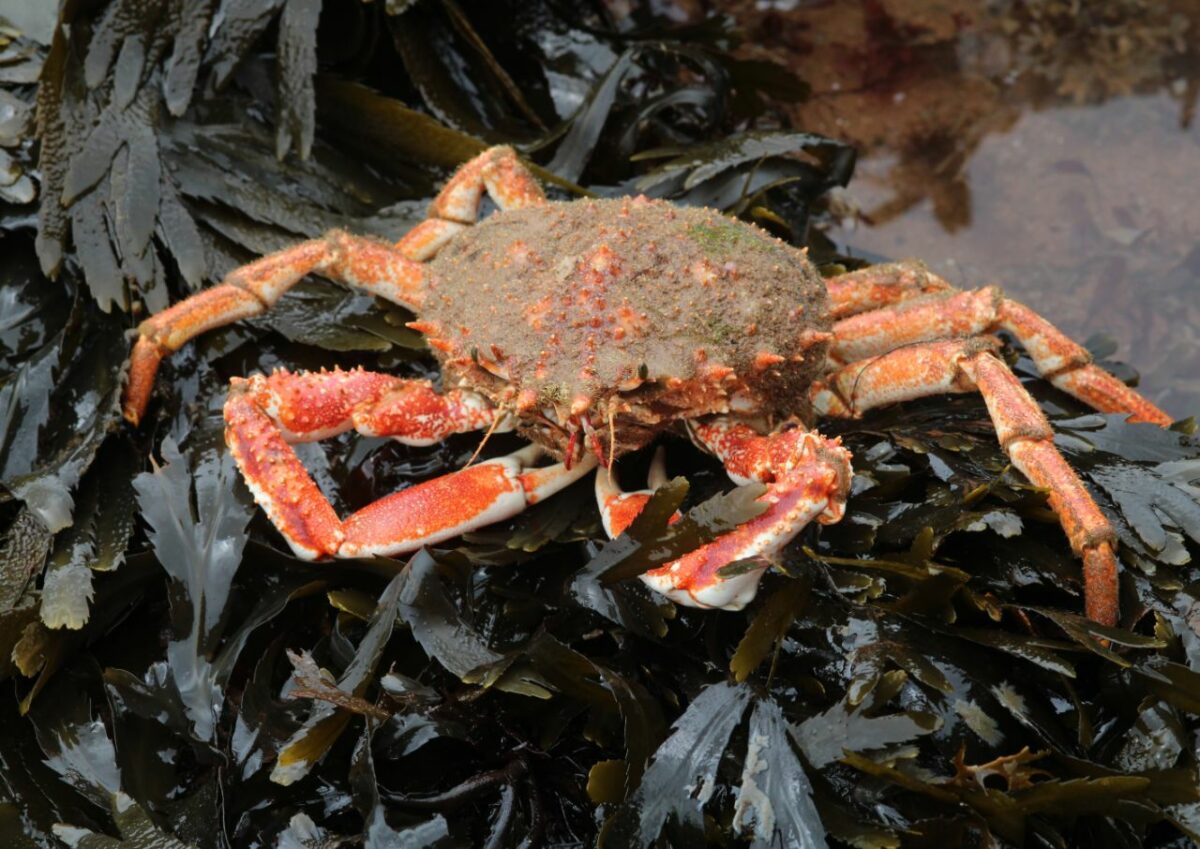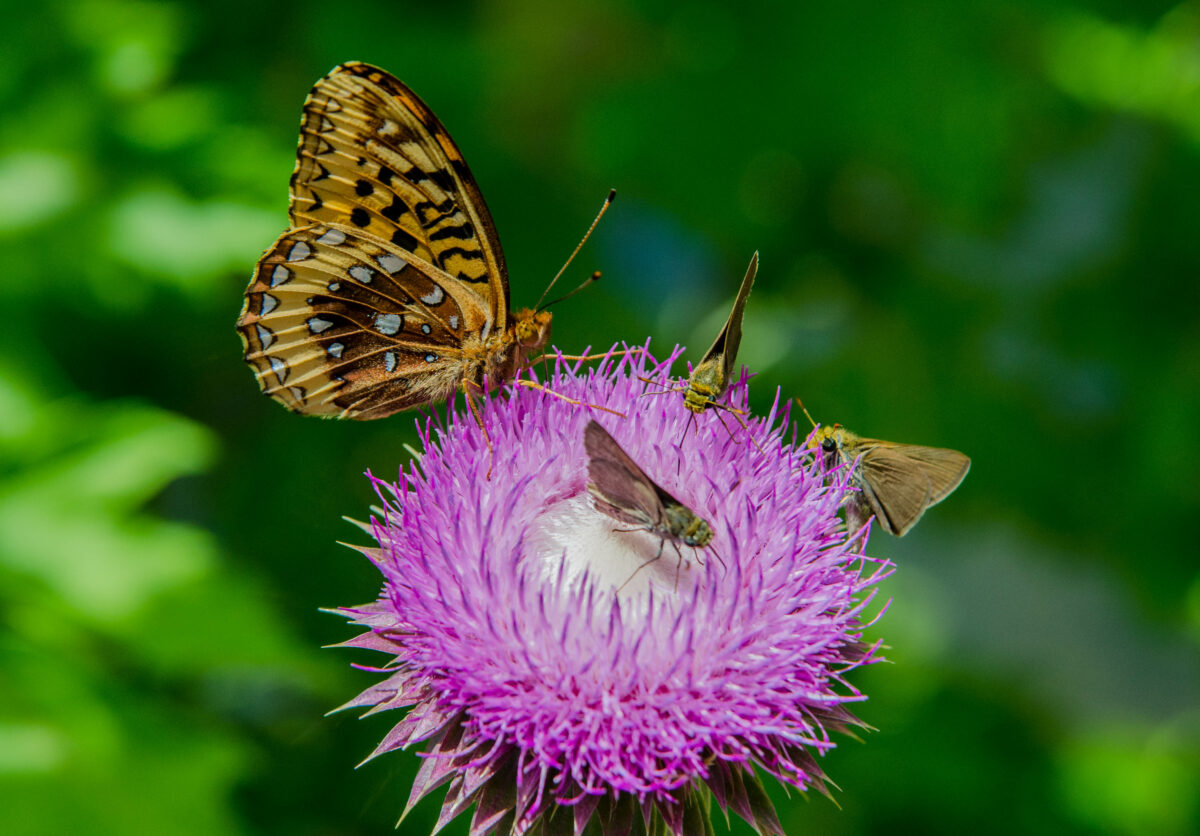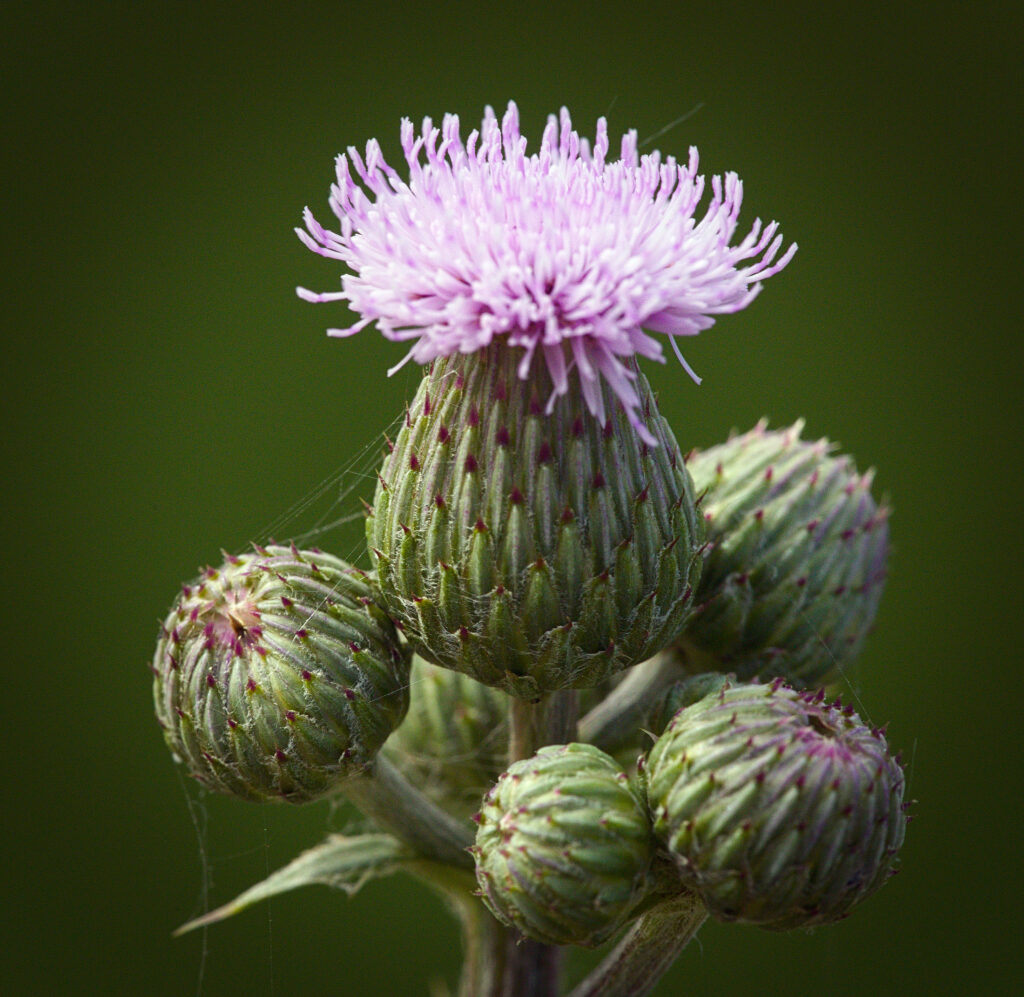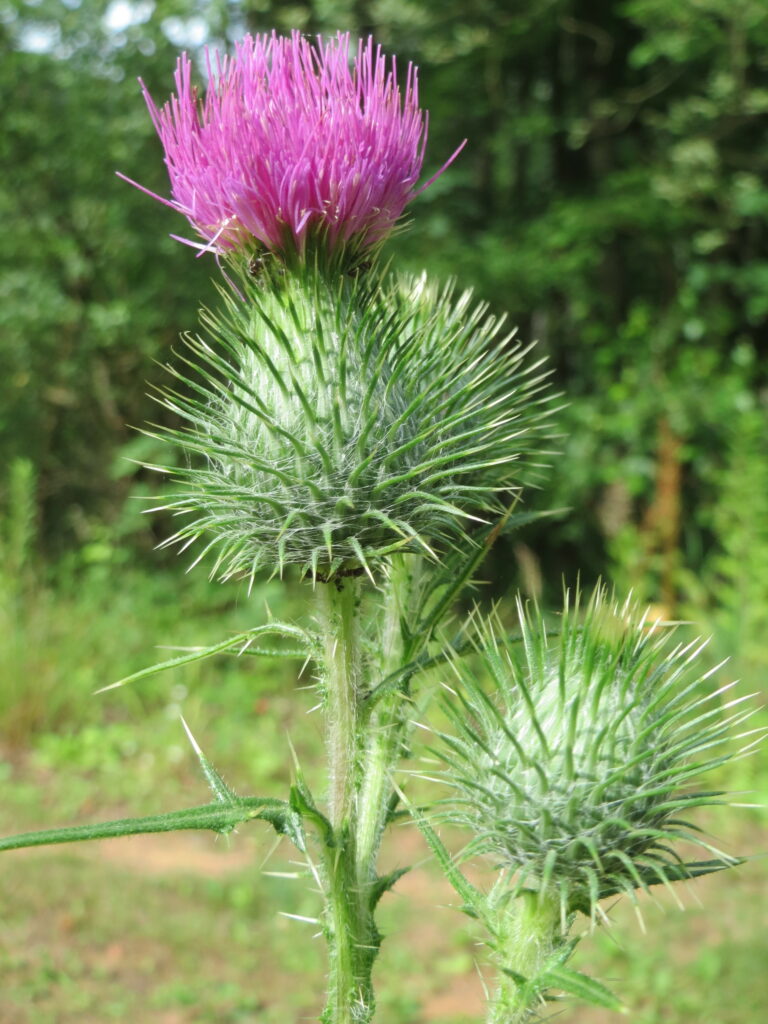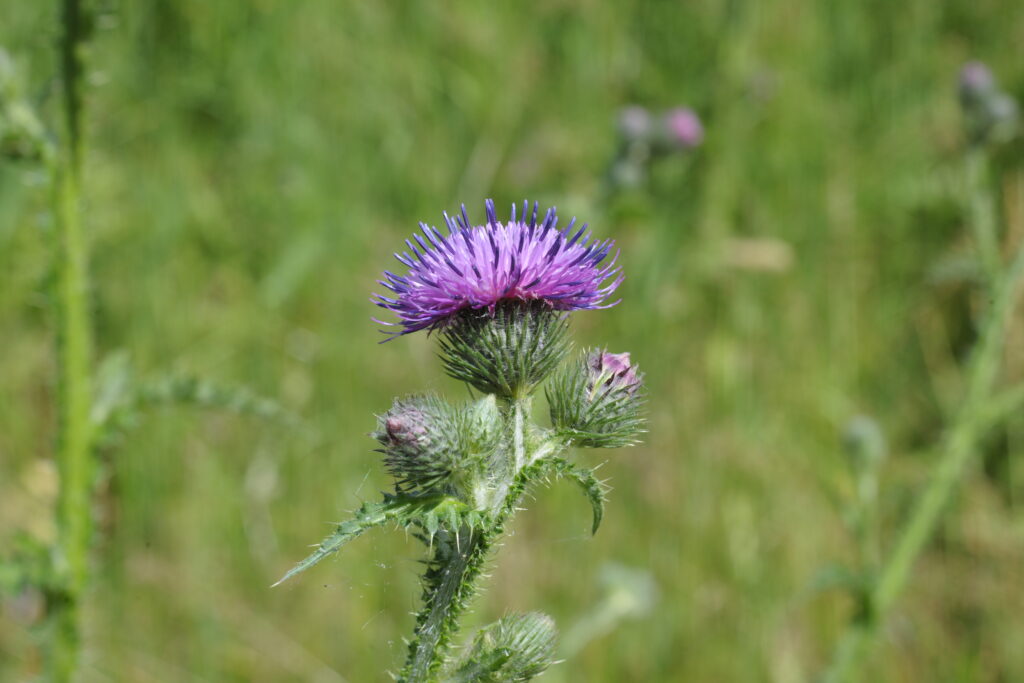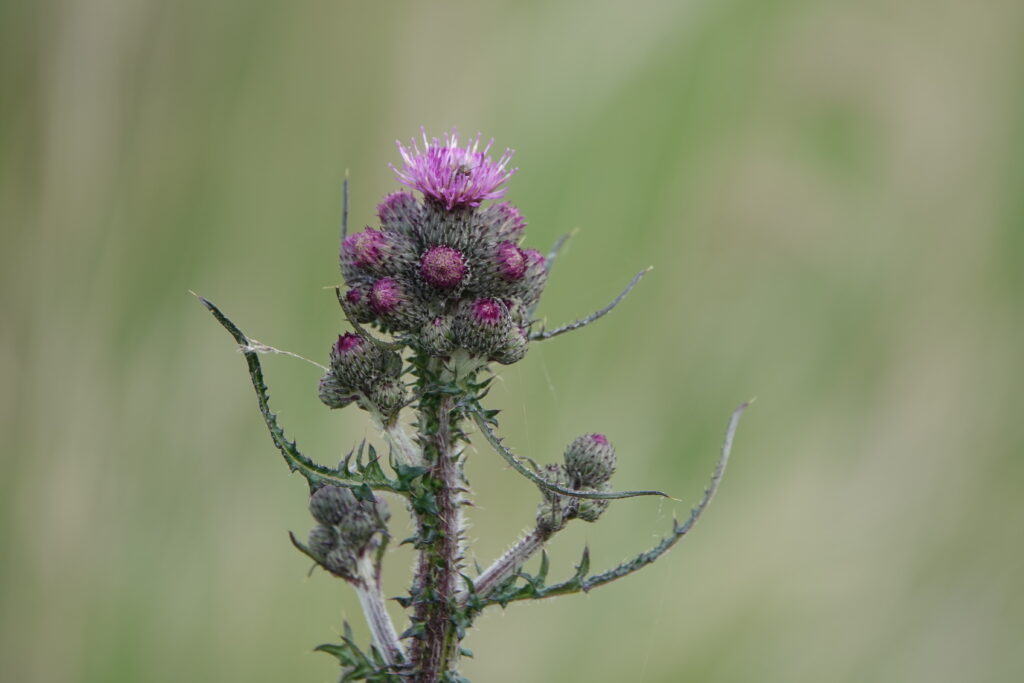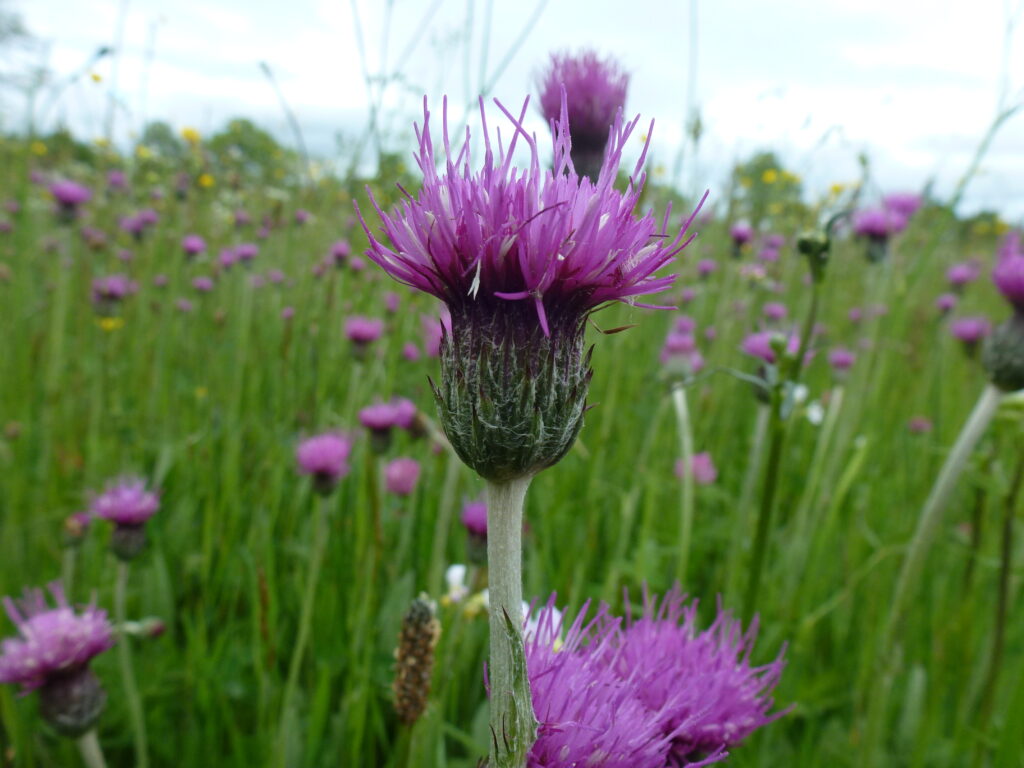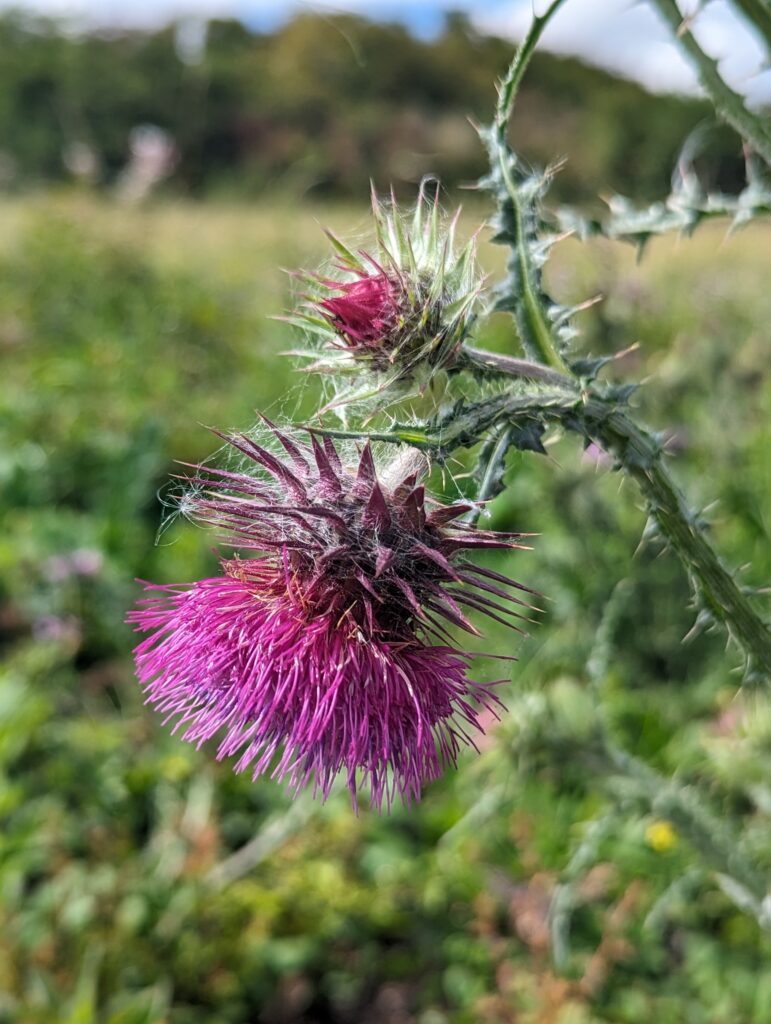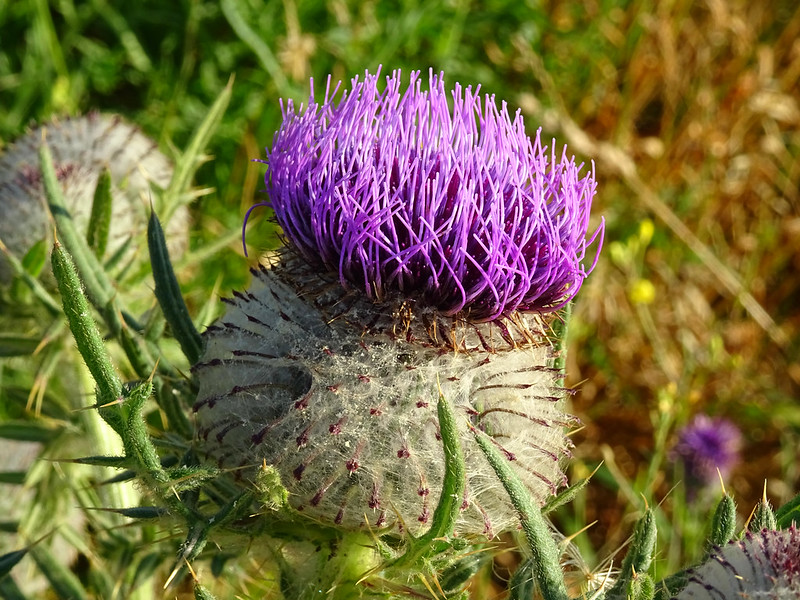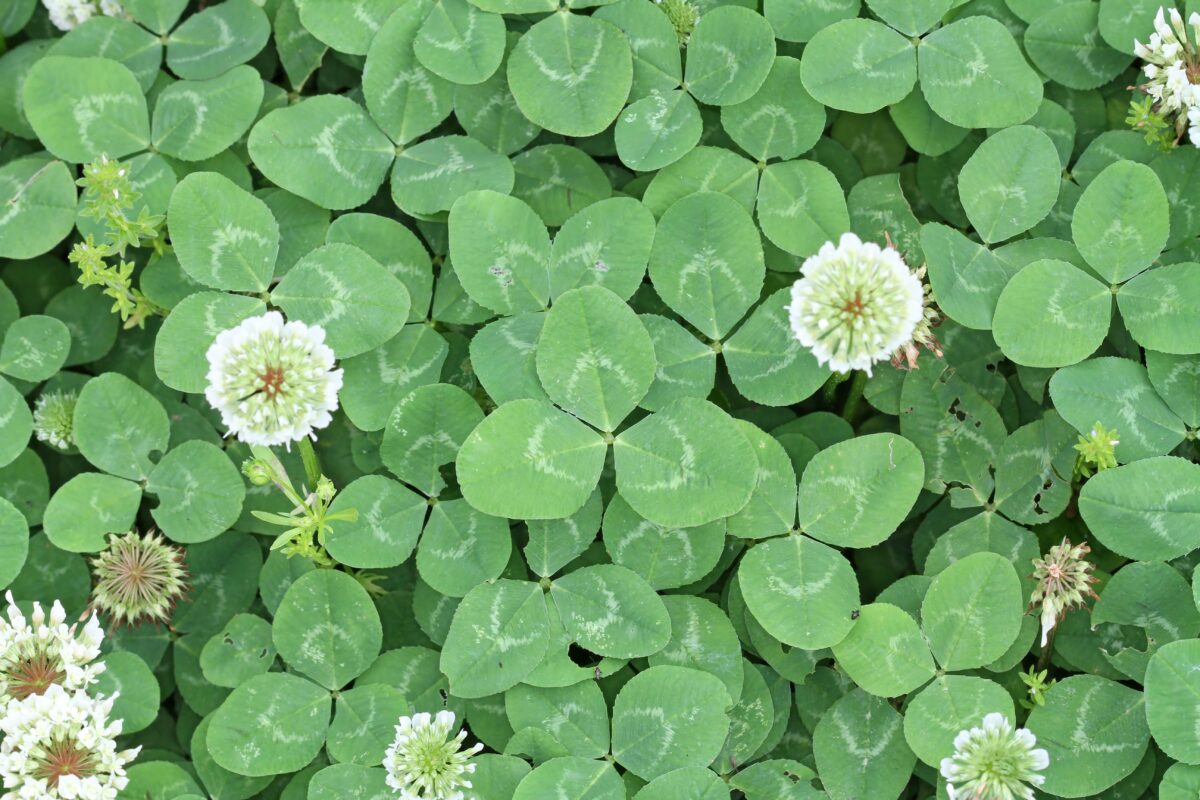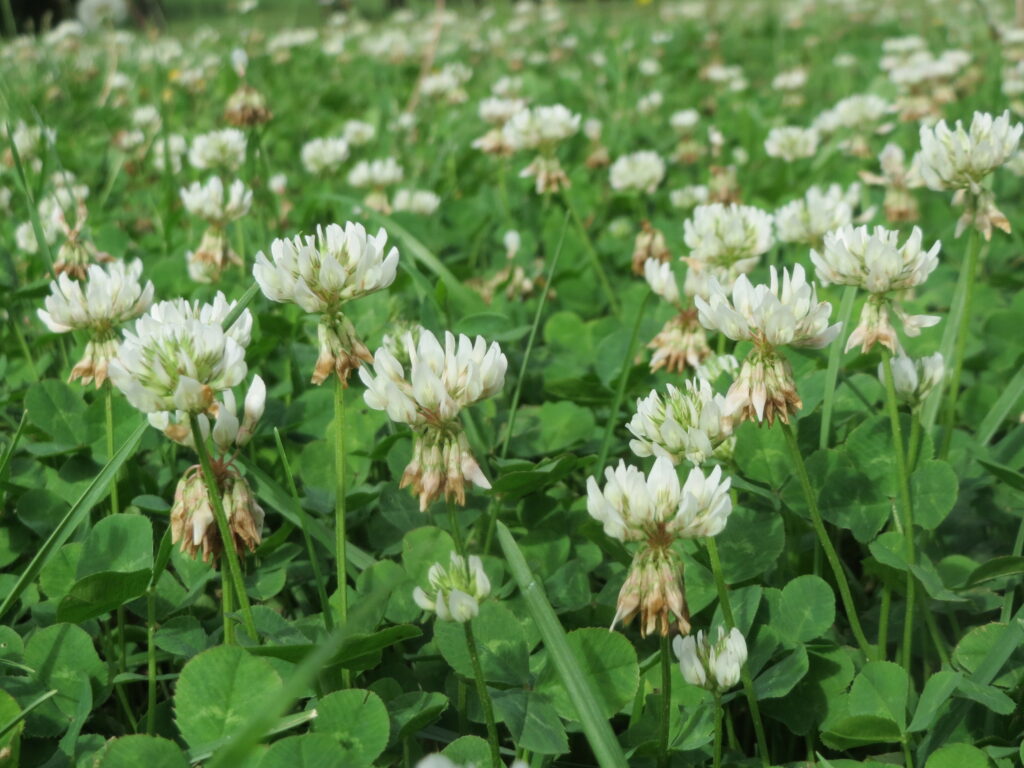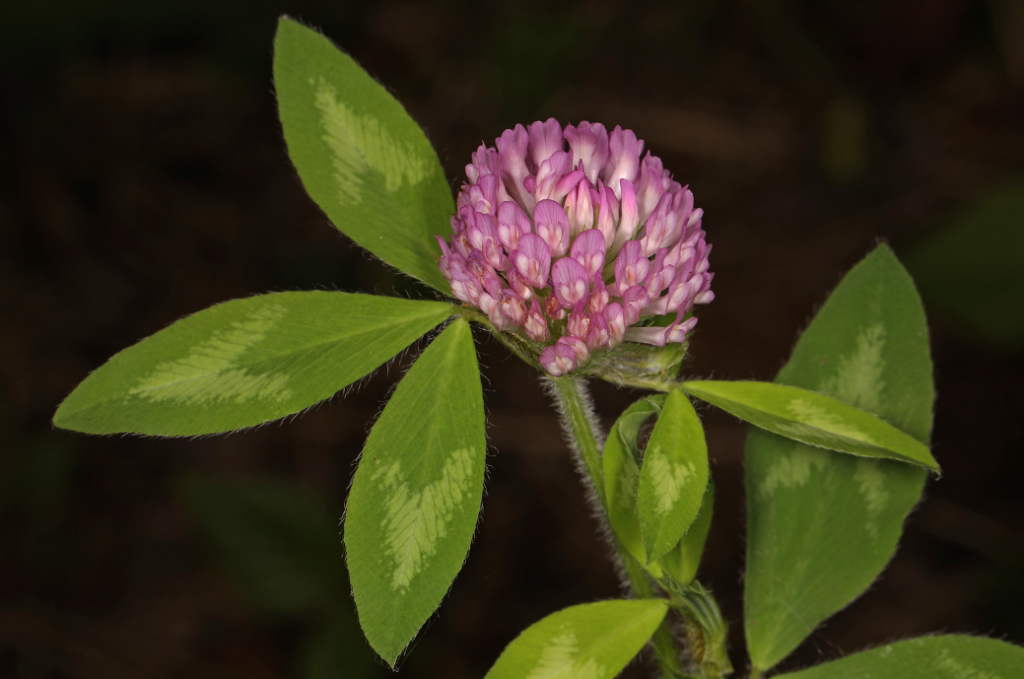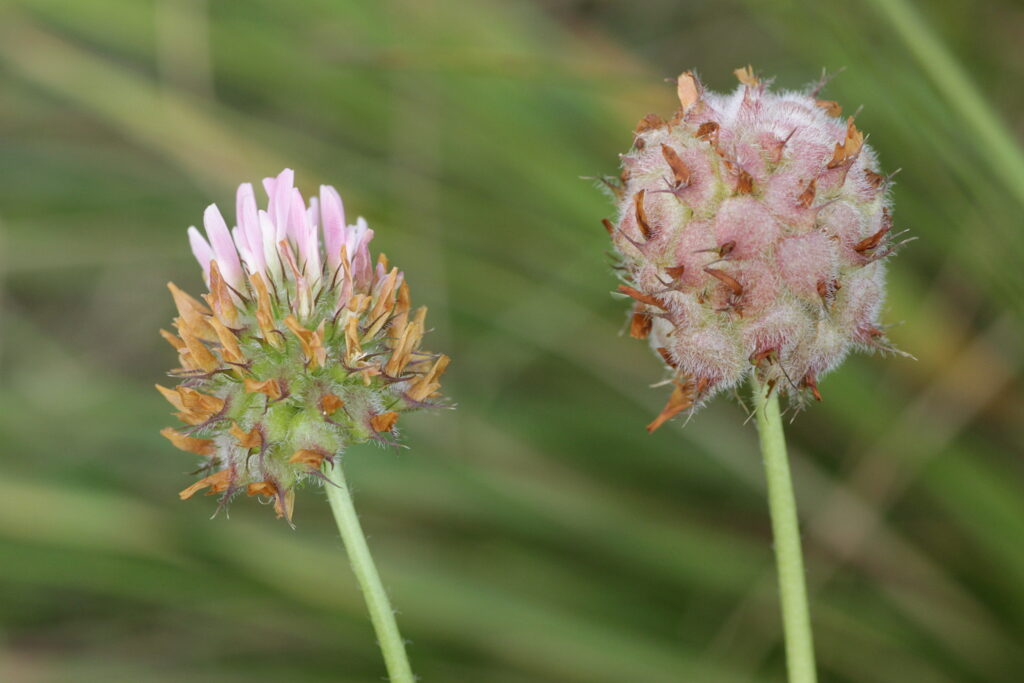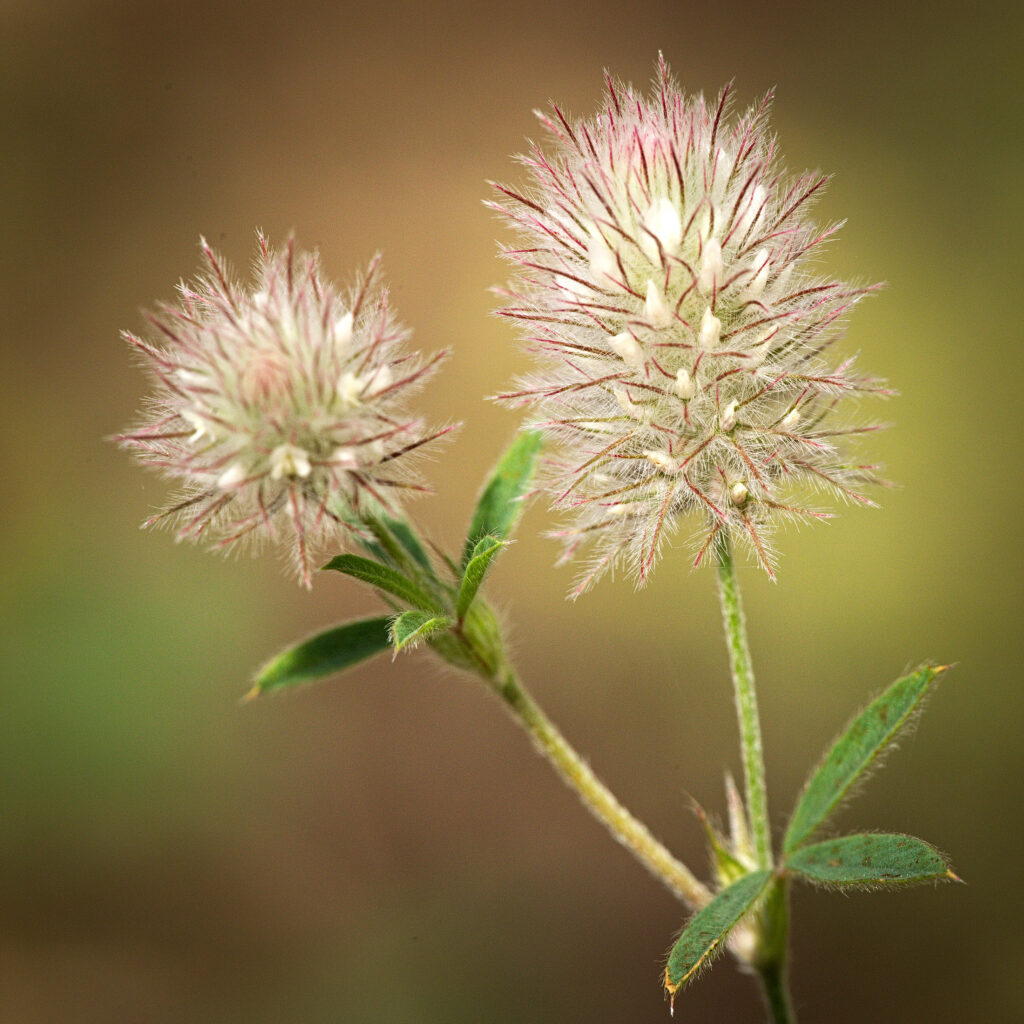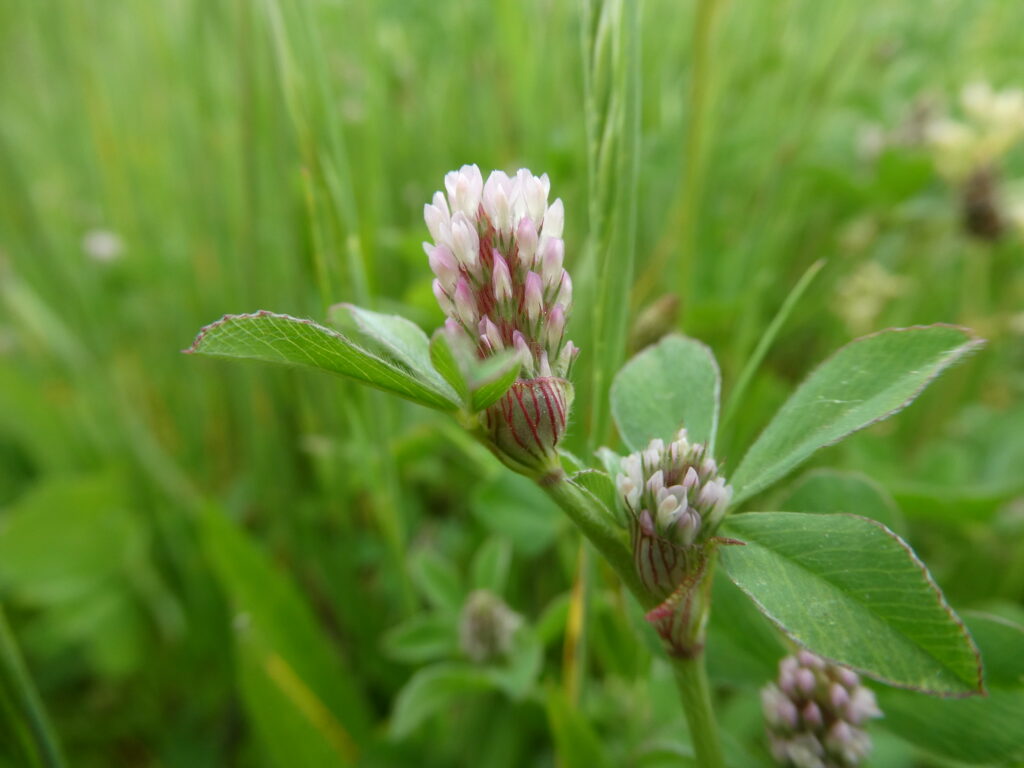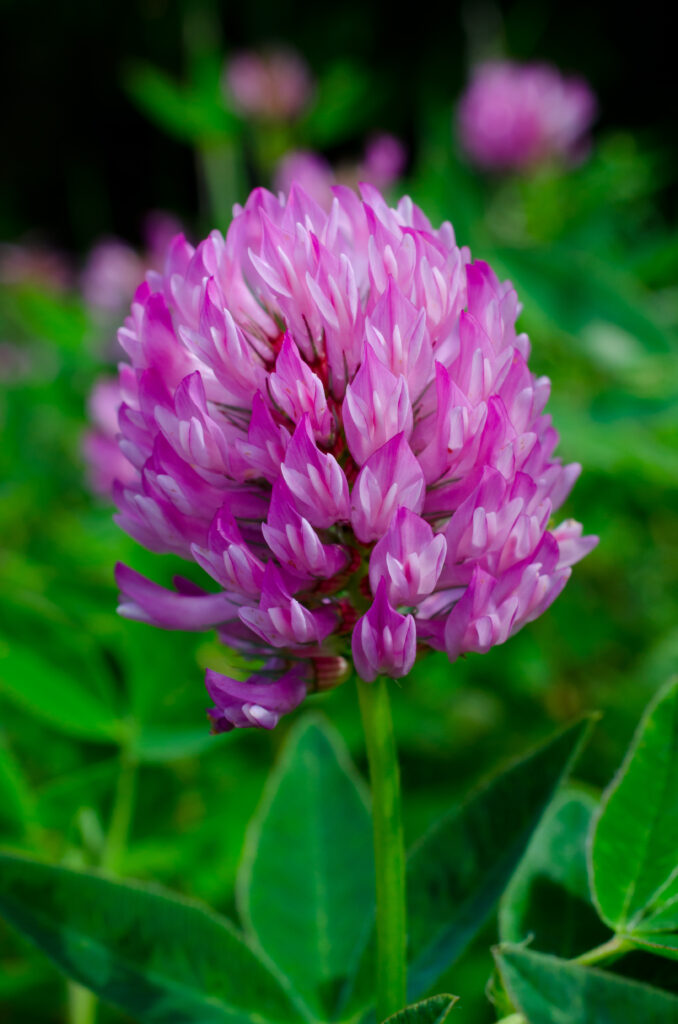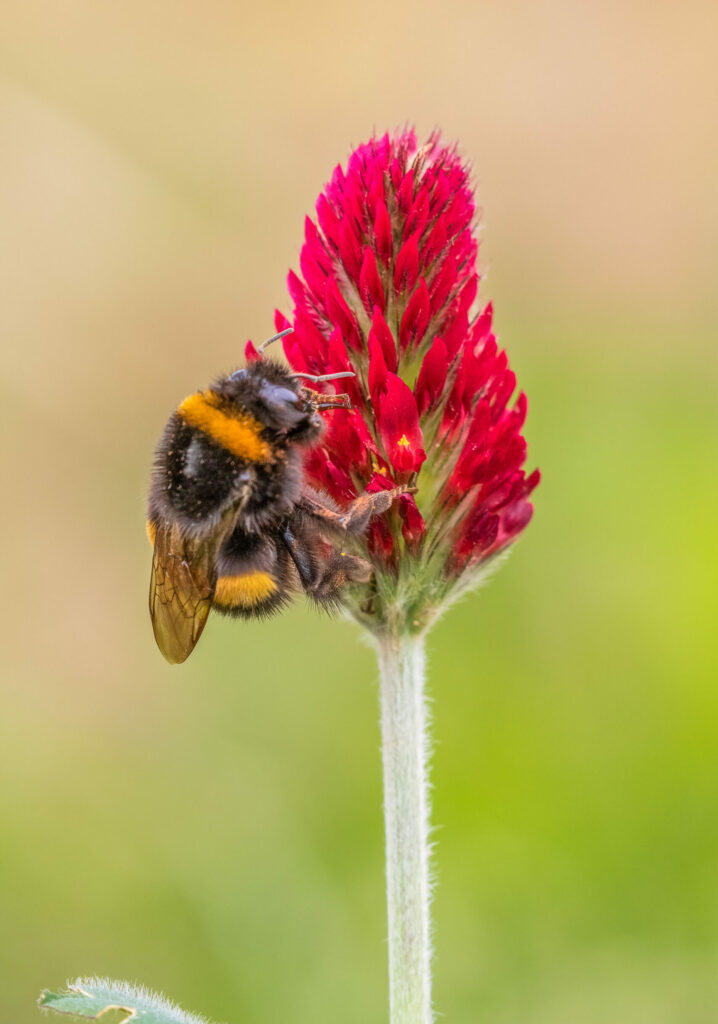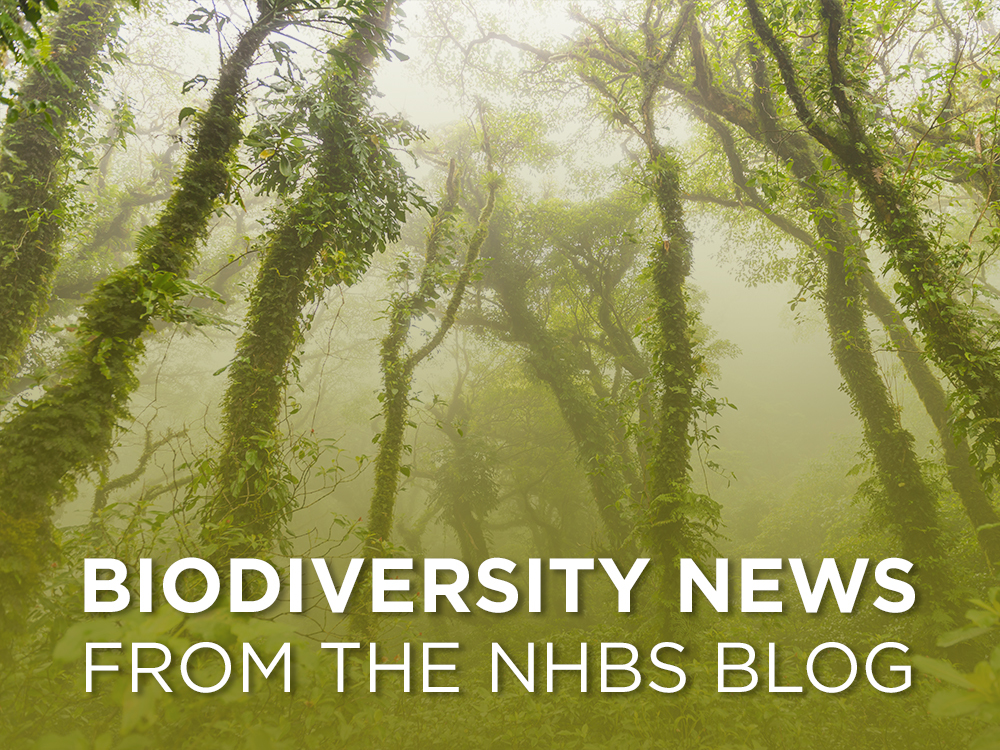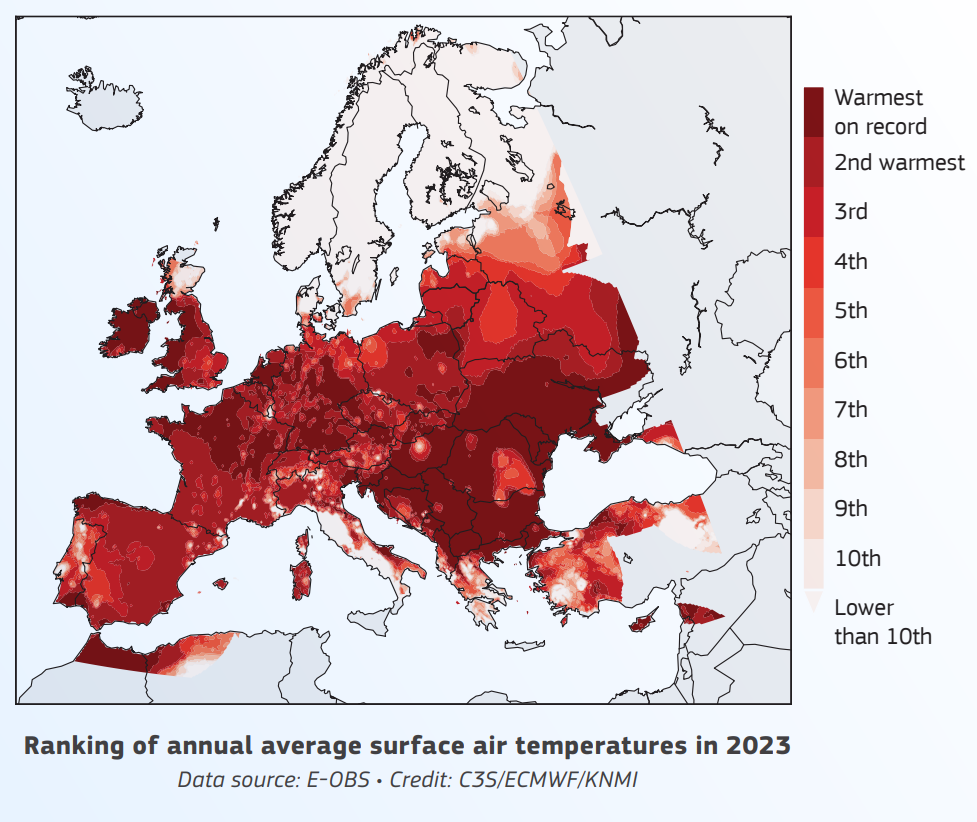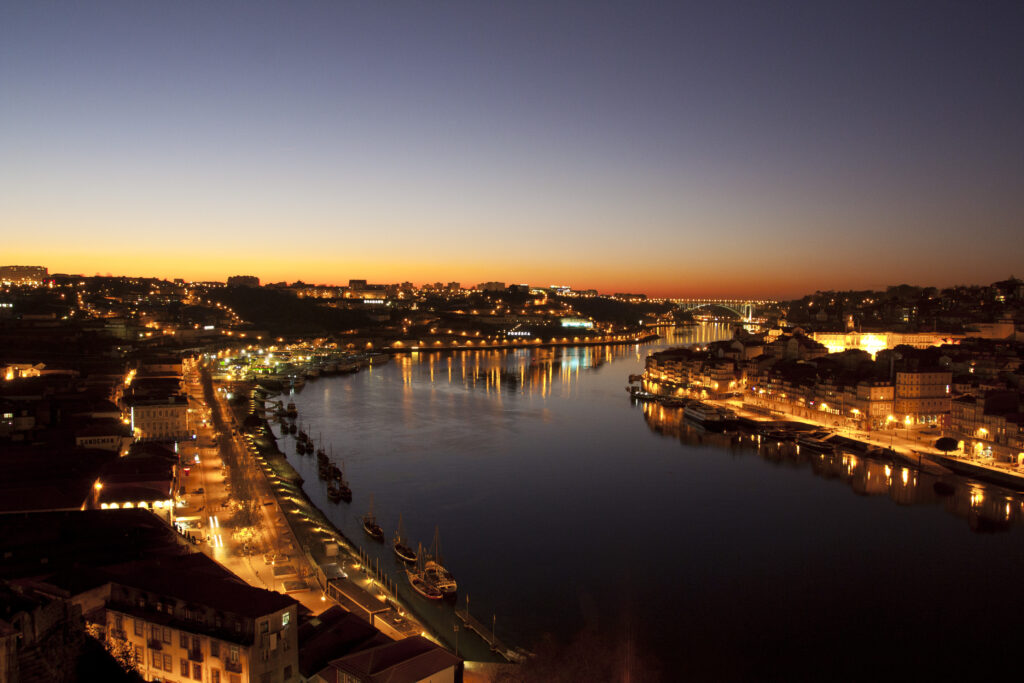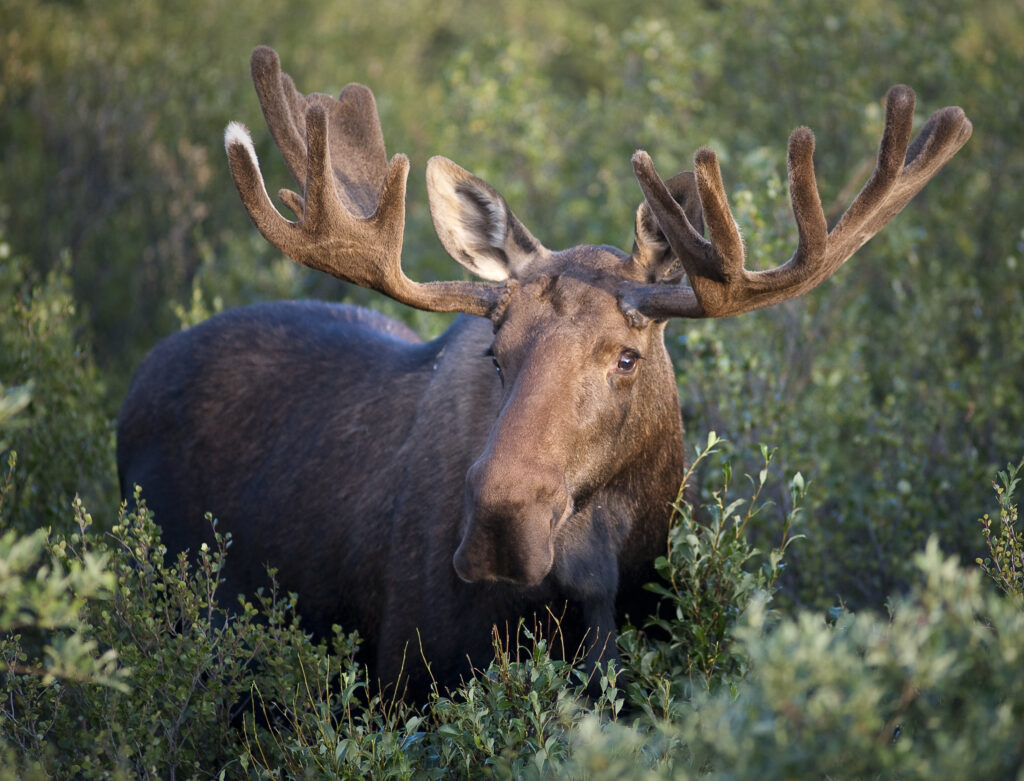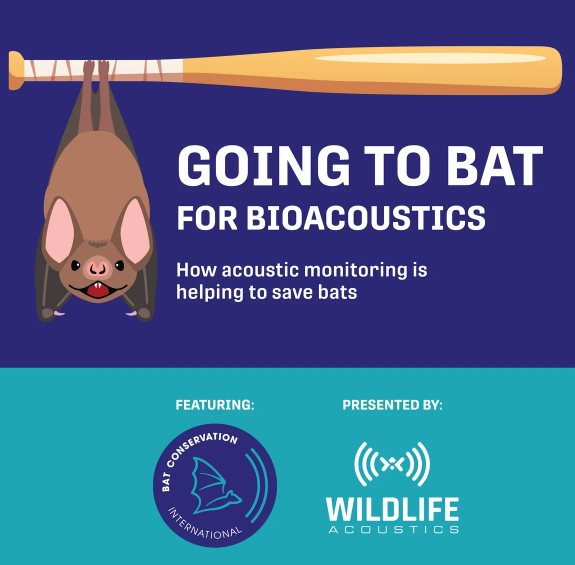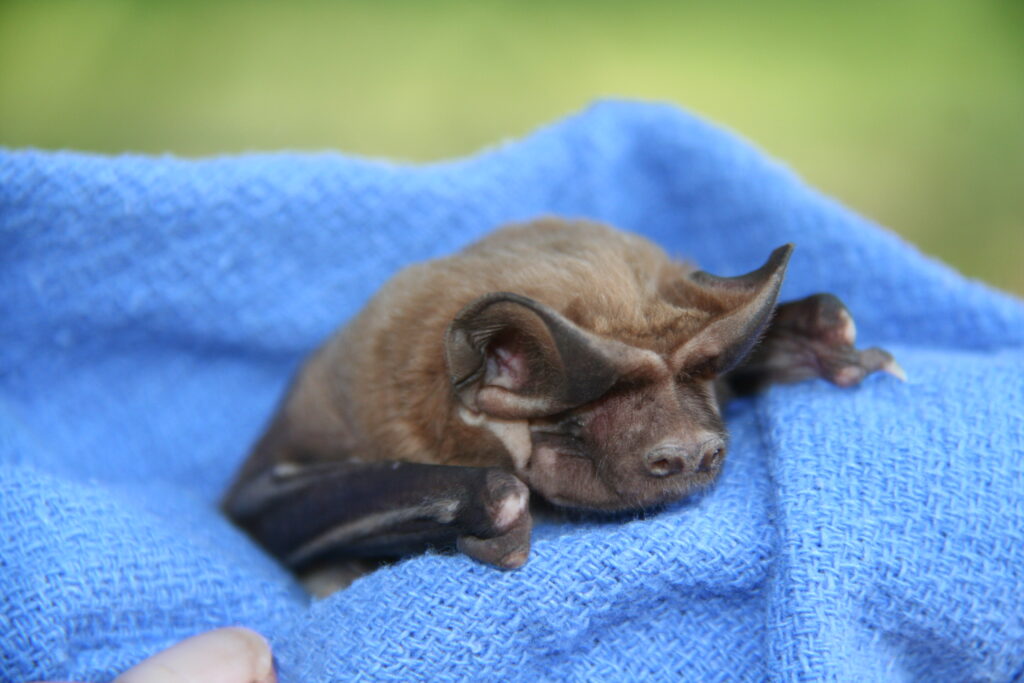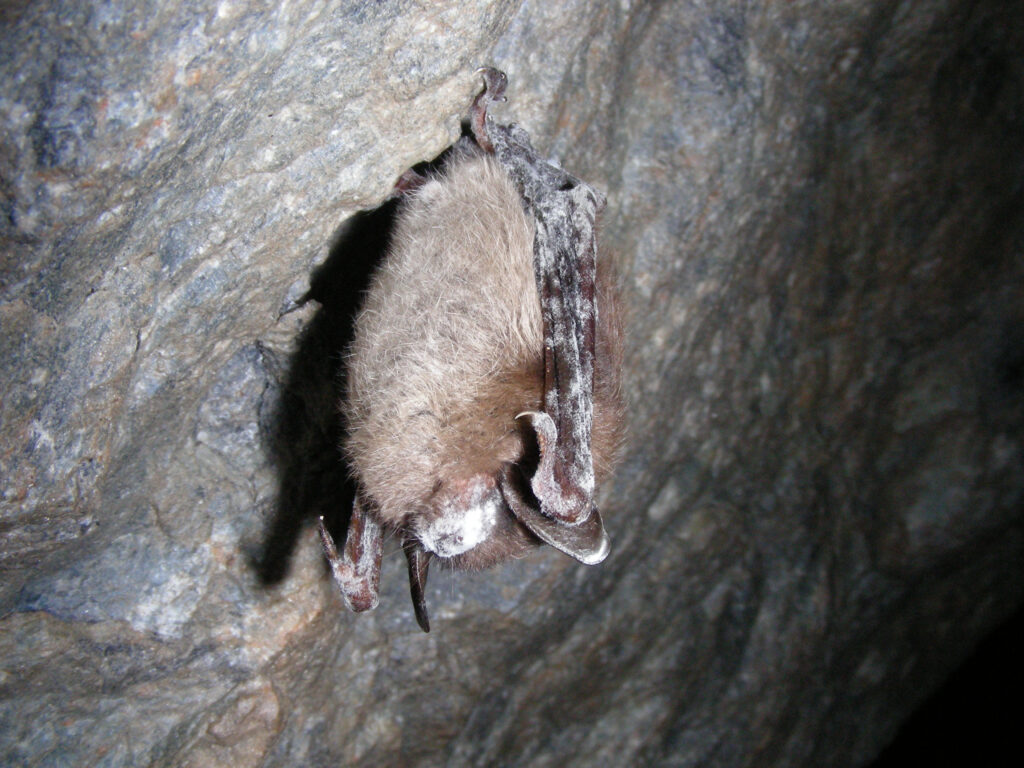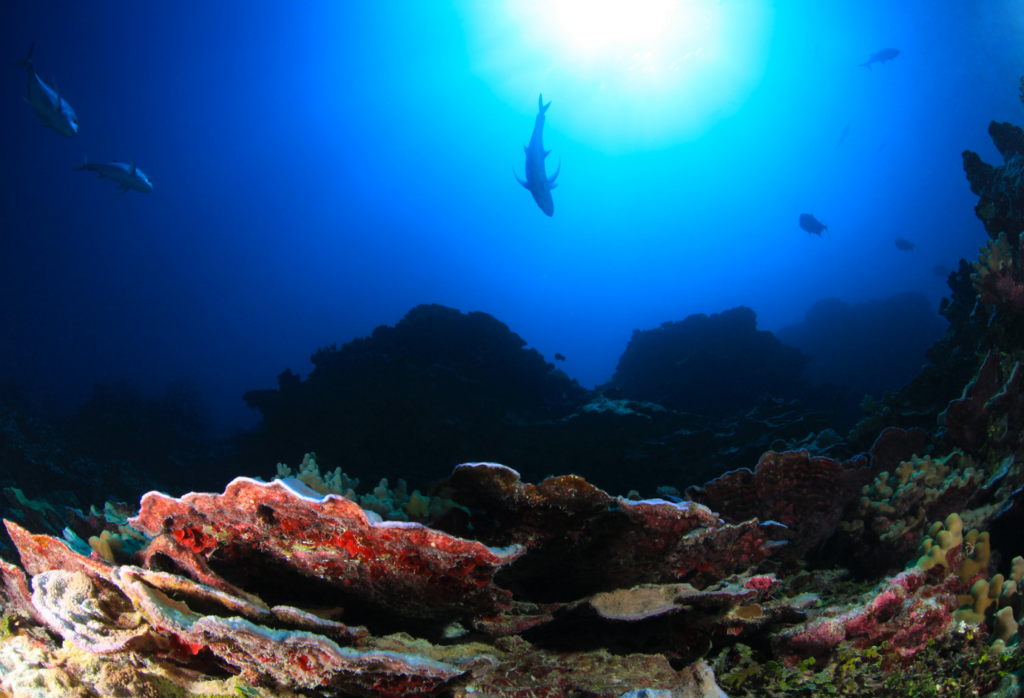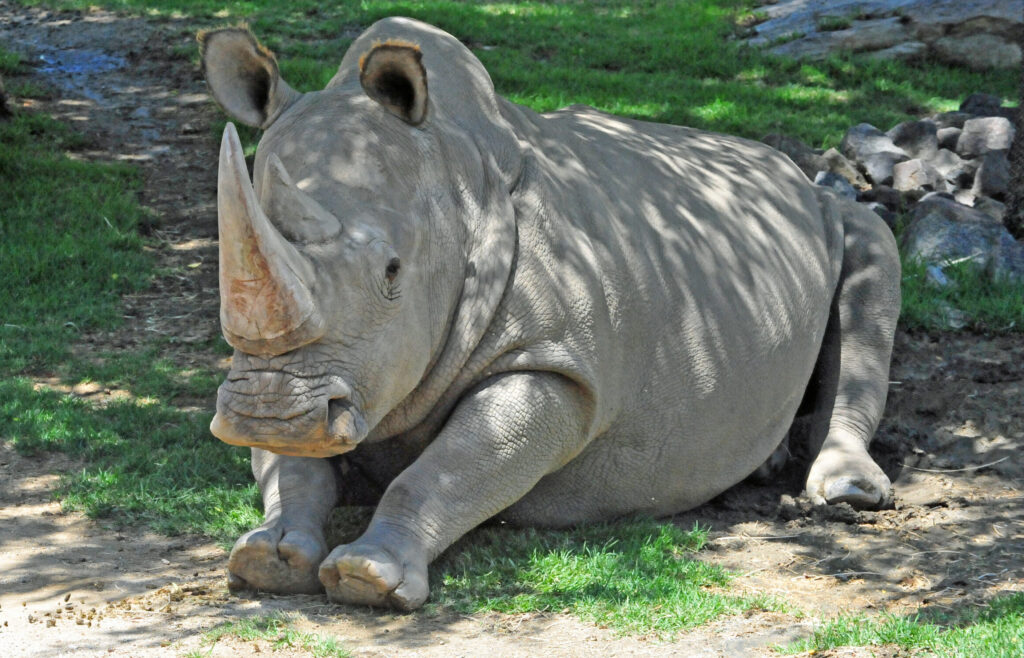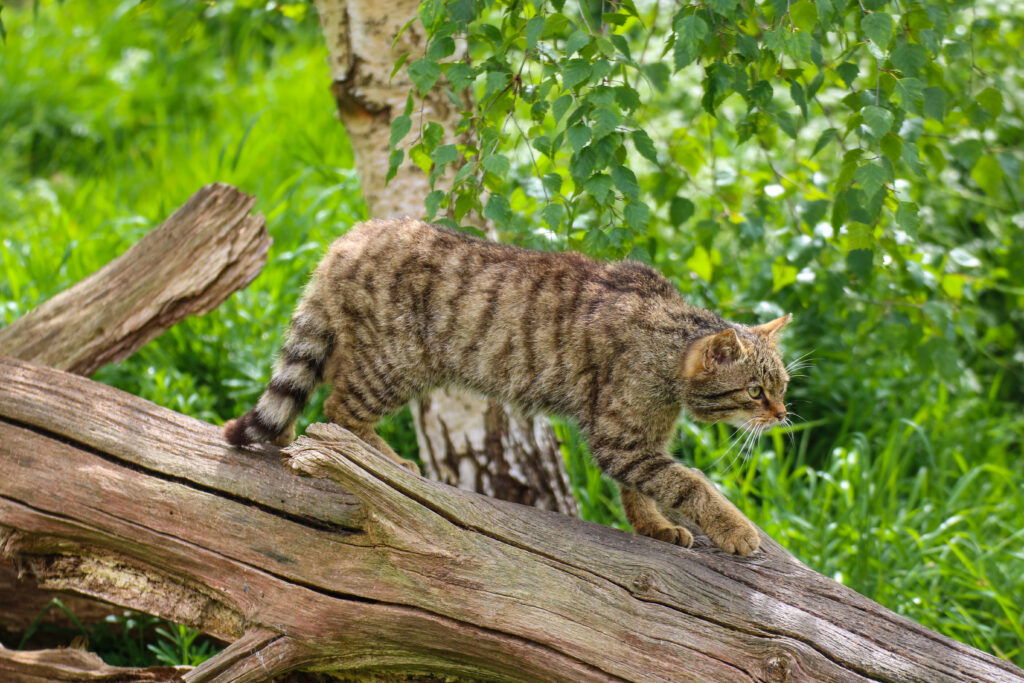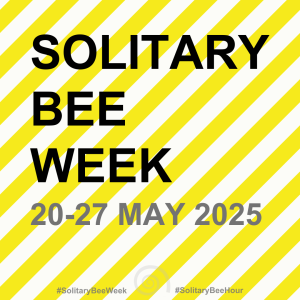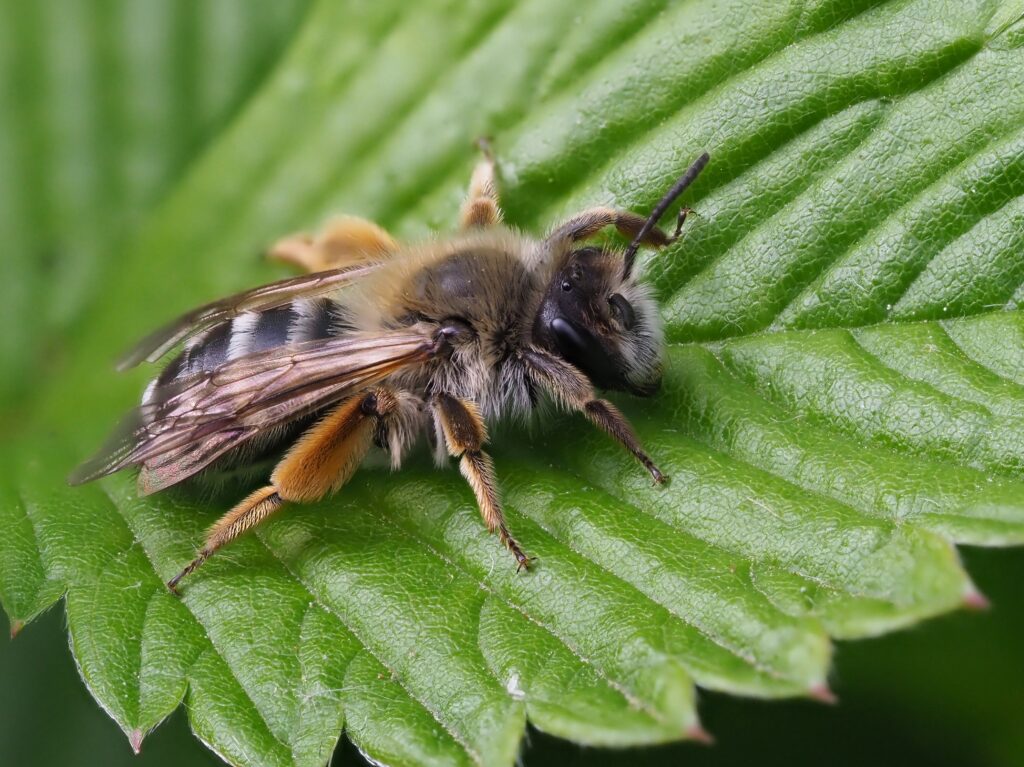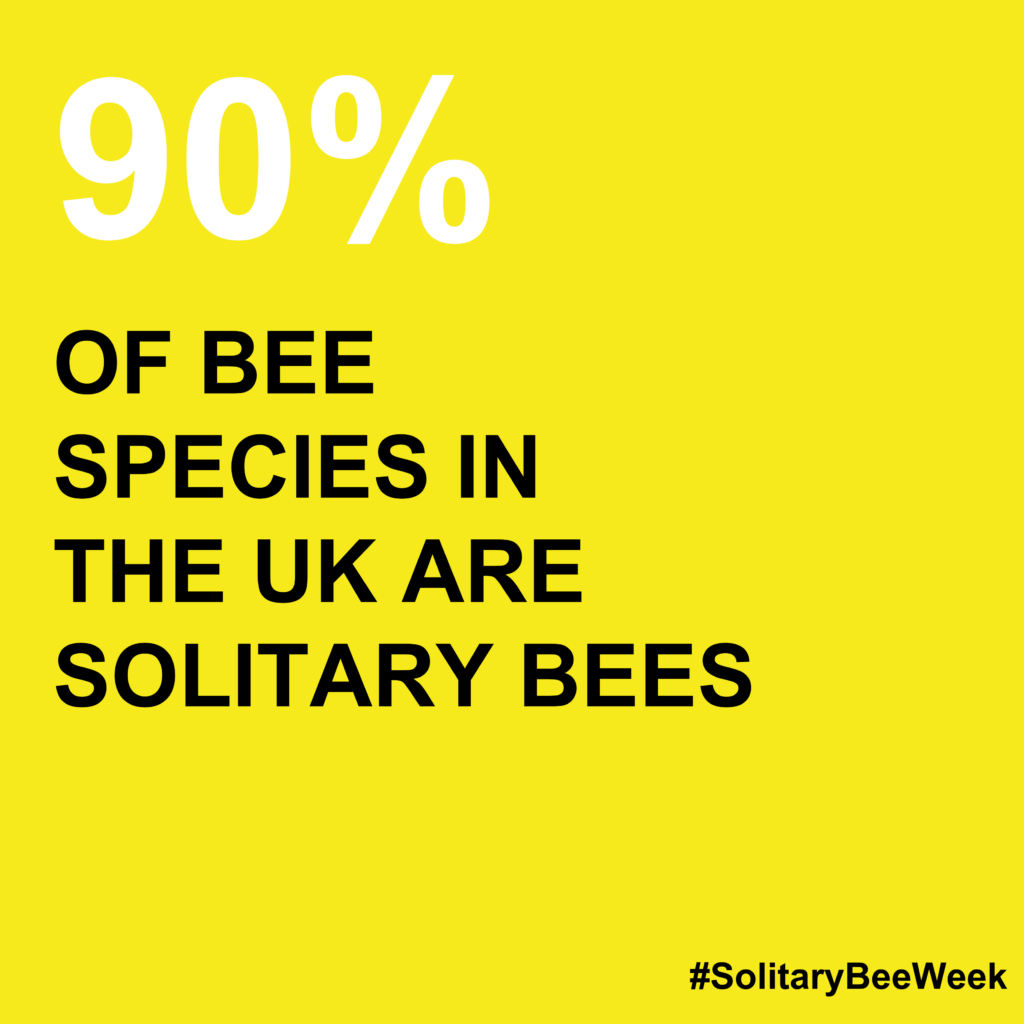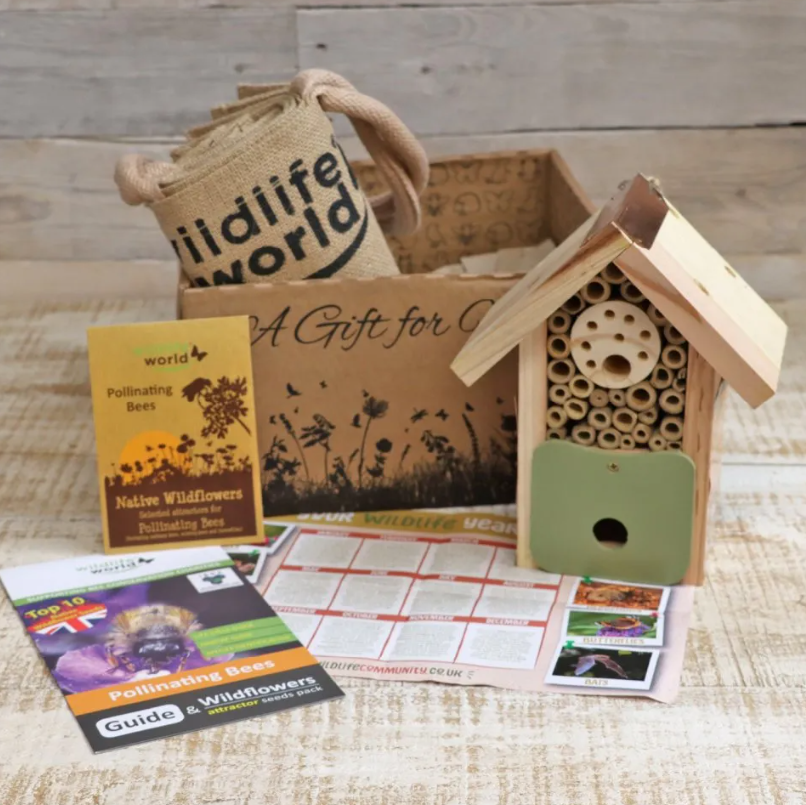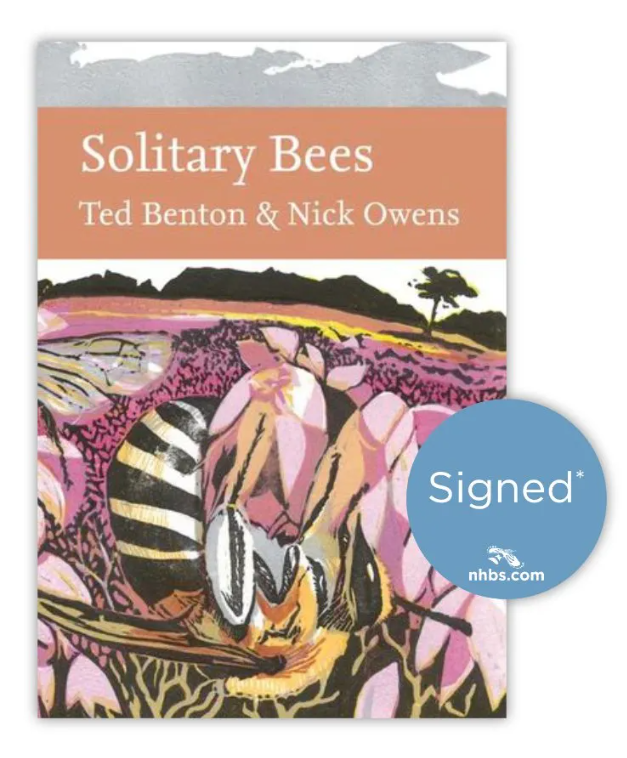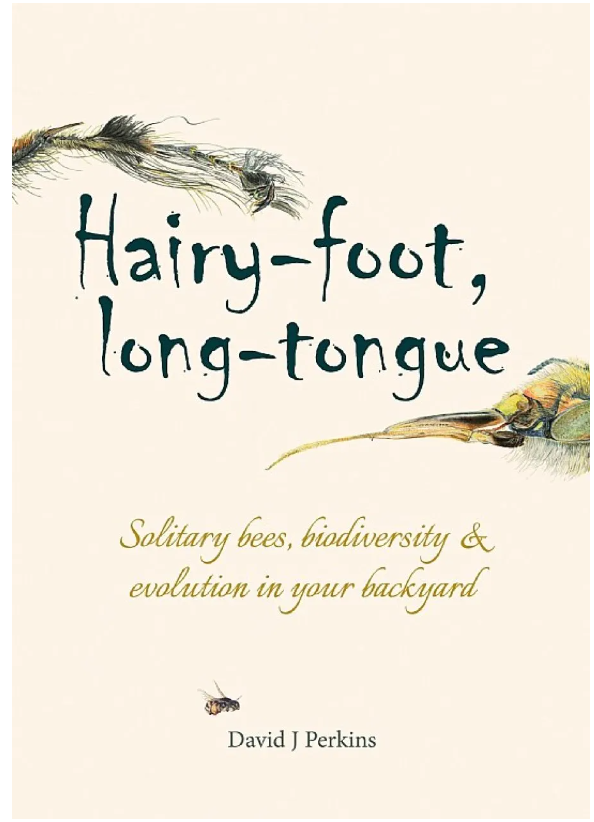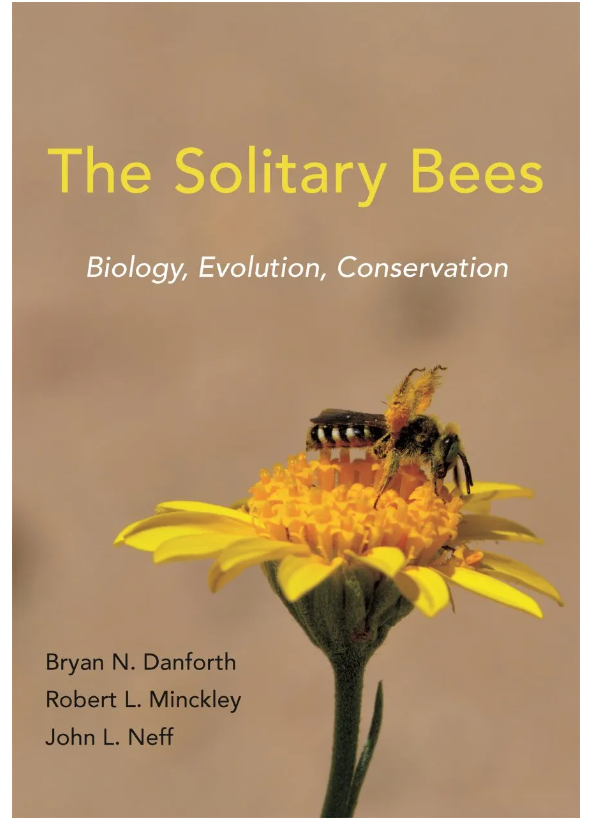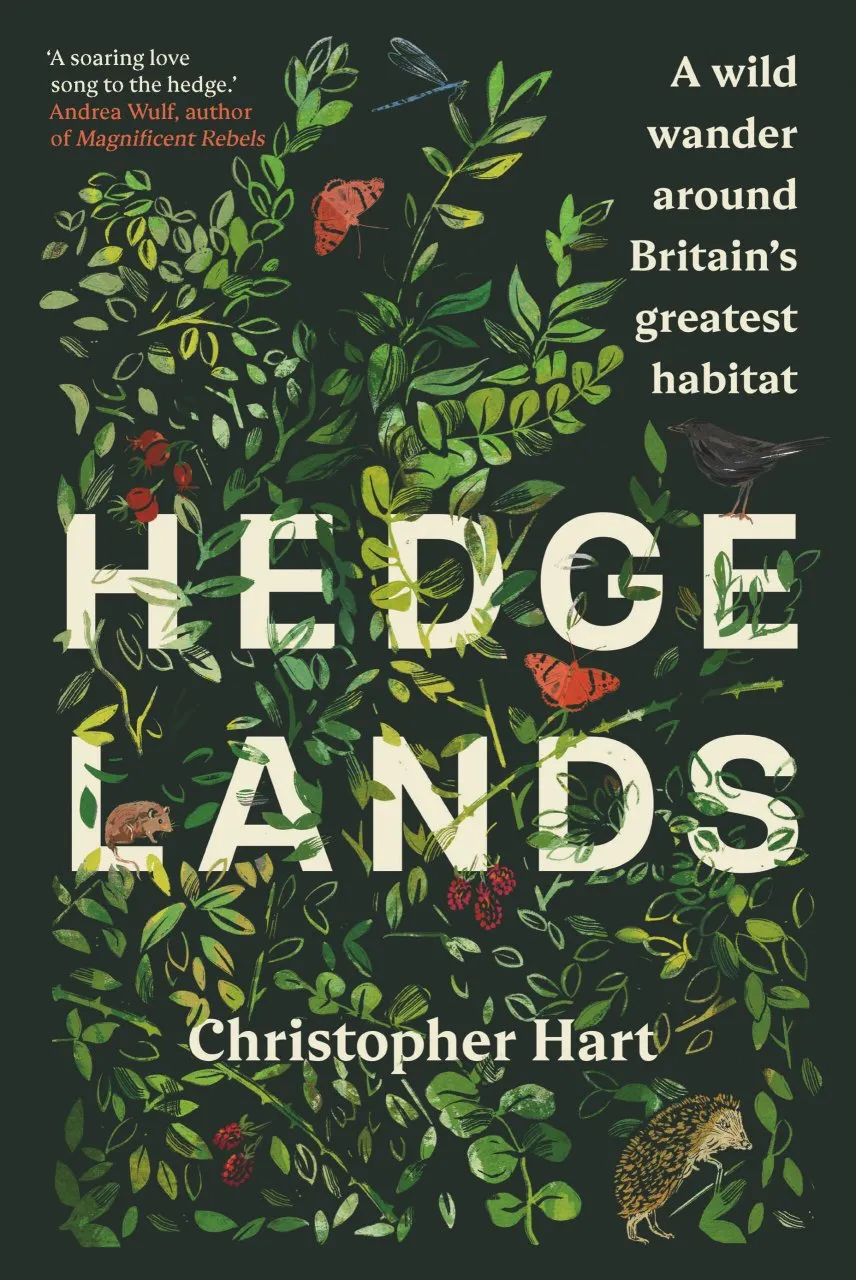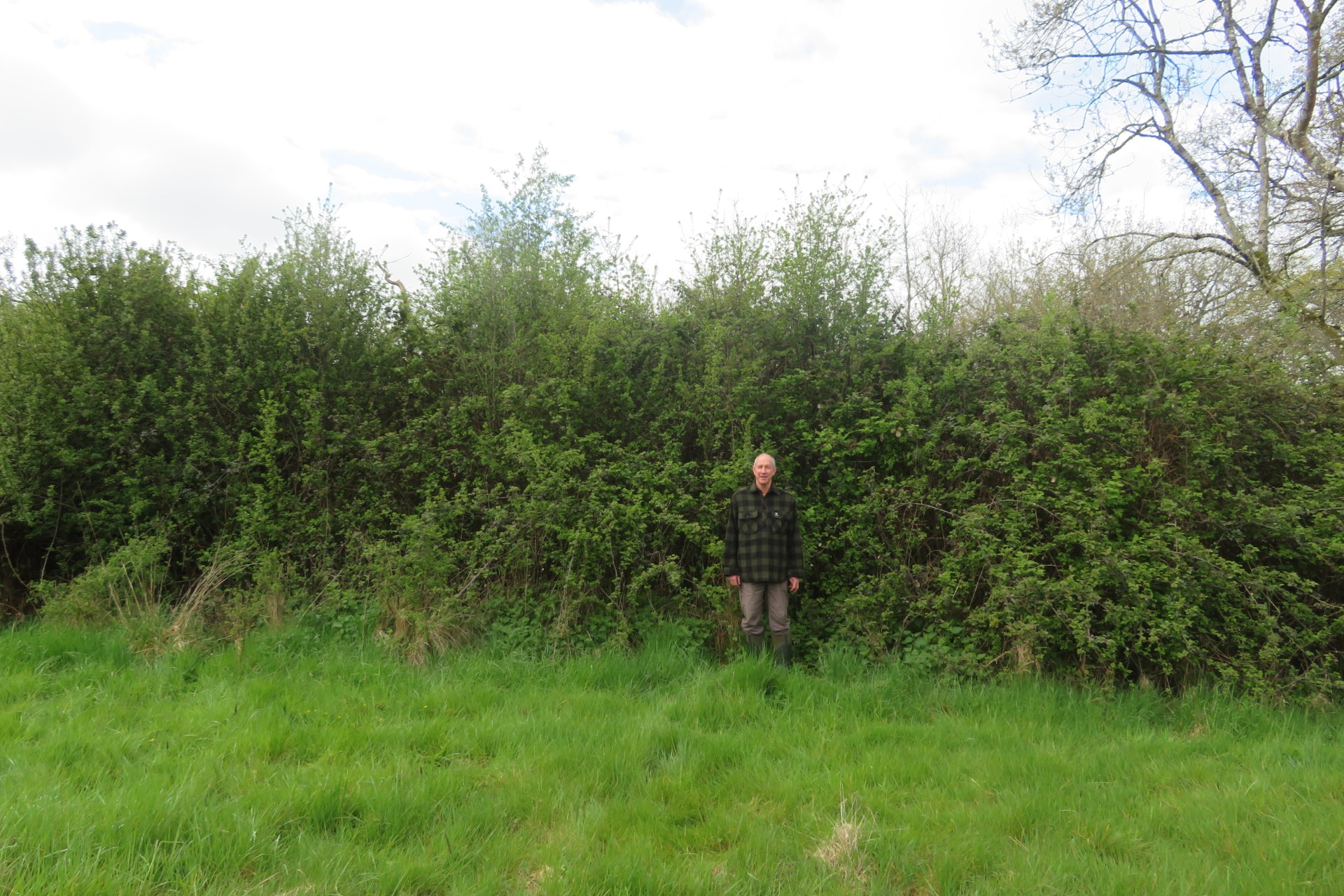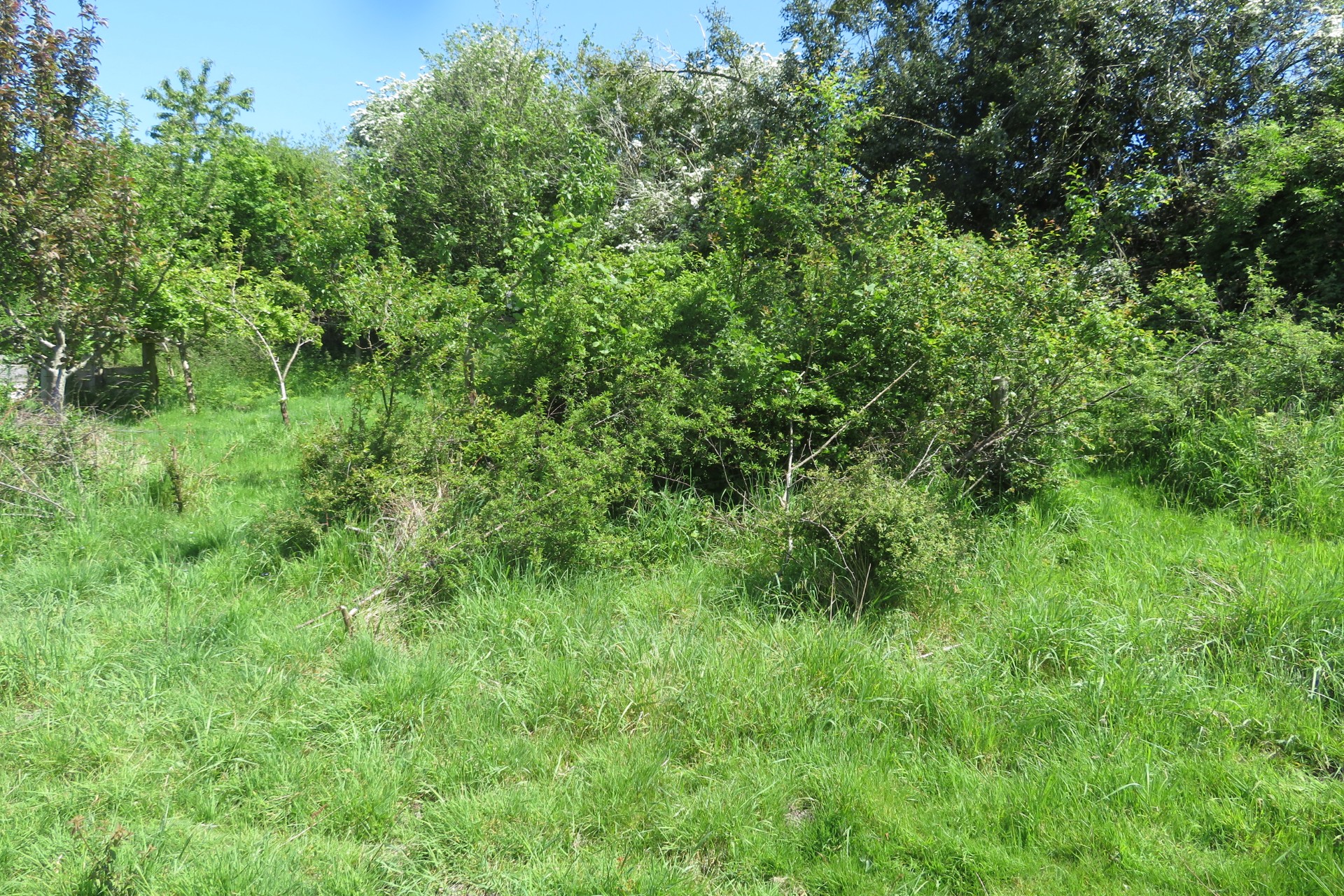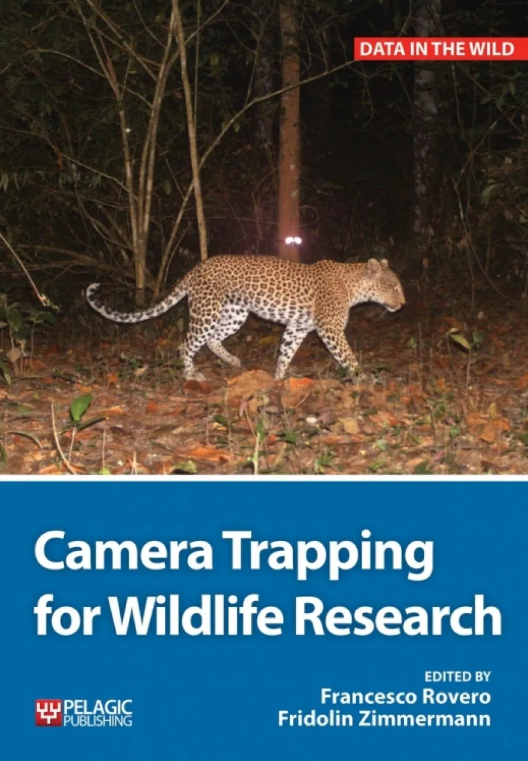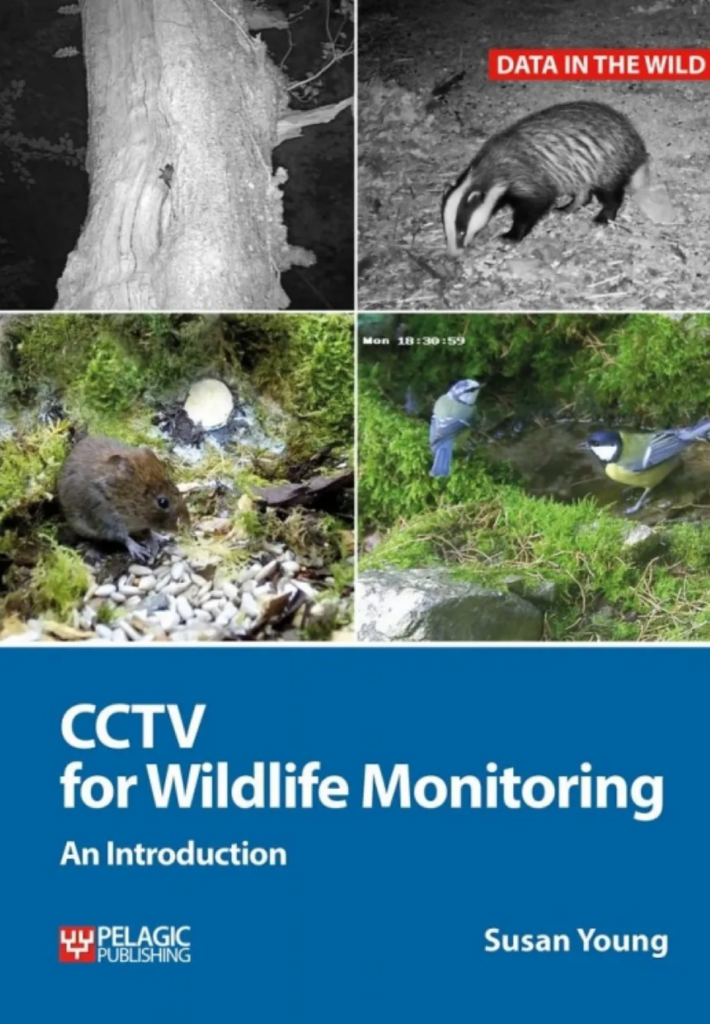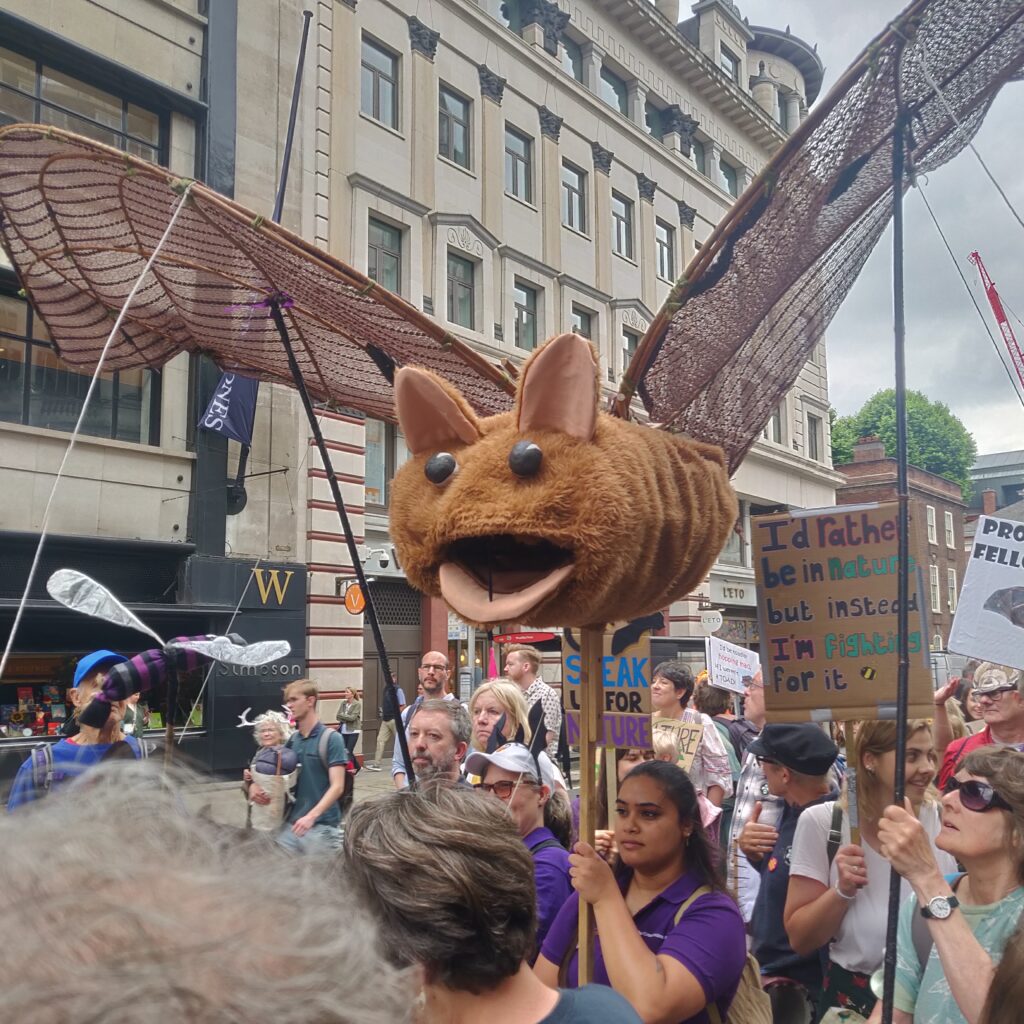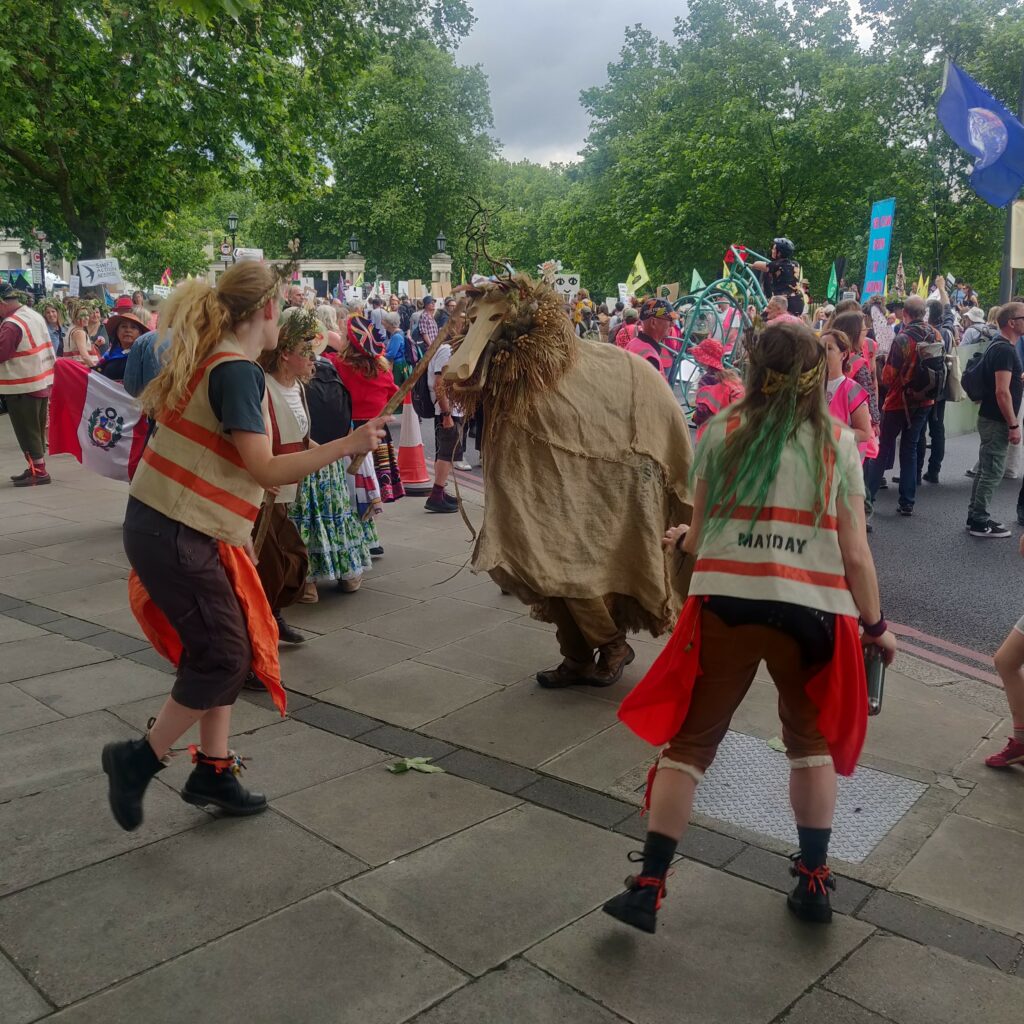A charismatic highlight of any rock-pooling session, crabs are both diverse and wonderful. Here we have a selection of the most common crabs in the UK, detailing their habitats and how to identify them.
Velvet Swimming Crab (Necora puber)
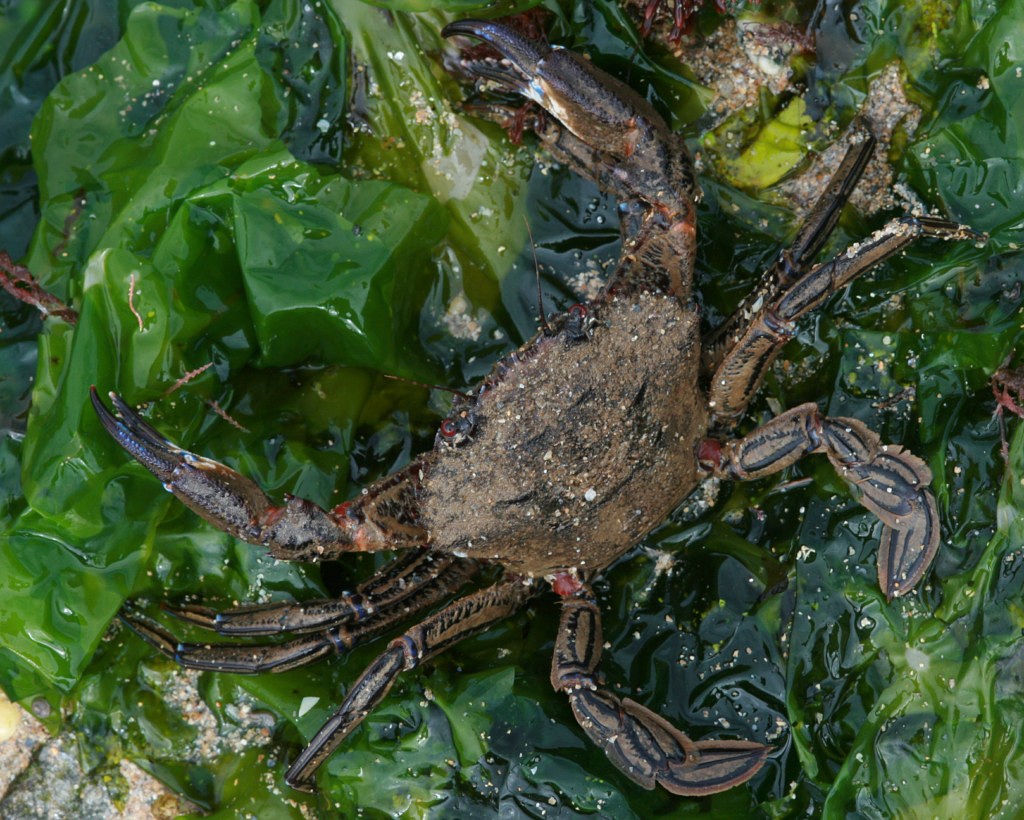
Conservation status: Common, non-threatened.
Where to find them: The species is widespread throughout the UK and can be found year-round on rocky shores at low water. They are found more frequently on sheltered shores and prefer rocky substrates.
Shell Width: Up to 10cm.
ID: Also known as the devil crab, the Velvet Swimming Crab has short hairs covering its body, giving the animal a velvety appearance. The crab is blue in colour, but is covered by a reddish-brown pubescence masking the overall hue – they do, however, have visible blue lines on their legs, and blue tips on their claws. The carapace is flattened and has five pointed ridges on either side of the eyes. A fast-moving and aggressive crab, it has distinctive, bright red eyes that give it its alternative name. Pincers are of equal size, and the rear legs are flattened to be used as paddles.
Brown Crab (Cancer pagurus)
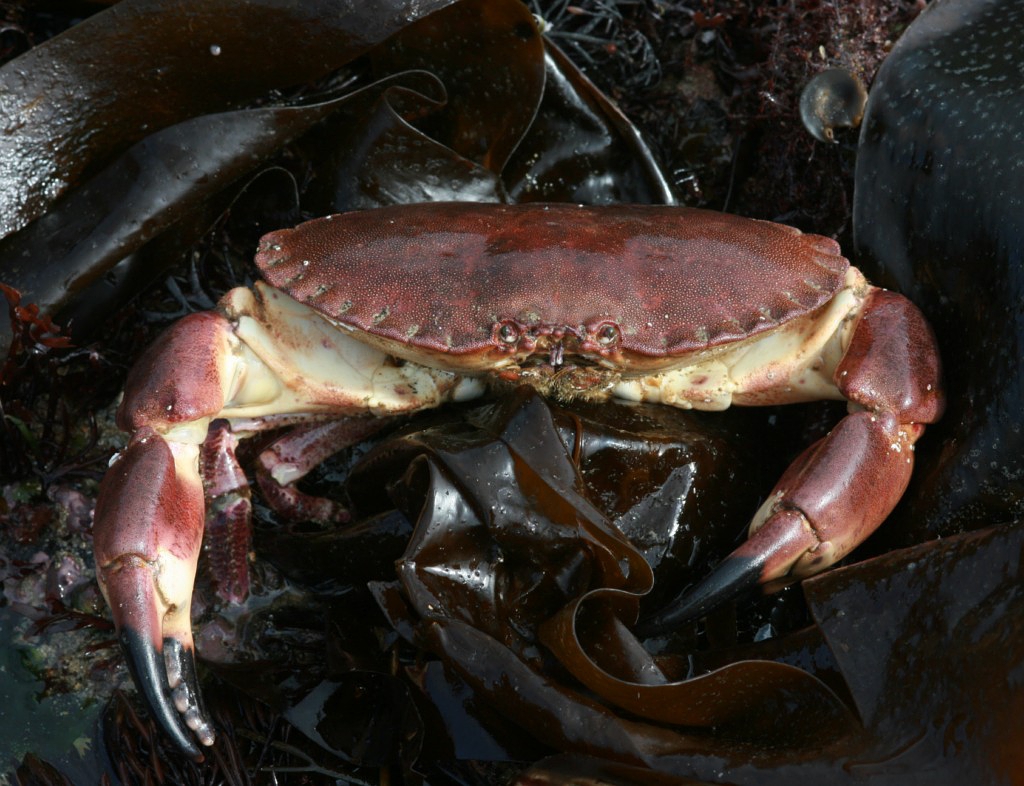
Conservation status: Common, non-threatened.
Where to find them: Brown Crabs can be found year-round on rocky shores across the UK. The species is often found hidden under rocks and boulders but can also be found on mixed coarse ground and on muddy sand offshore.
Shell width: 10-25cm, averaging around 15cm.
ID: A large species, the Brown Crab is also known as the edible crab, and can be brown to reddish-brown, bearing white patches and young specimens can have a purple-brown carapace. They have a thick, oval-shaped shell with a distinctive ‘pie crust’ edge. Also recognised by the black tips to their claws.
Spiny Spider Crab (Maja brachydactyla)
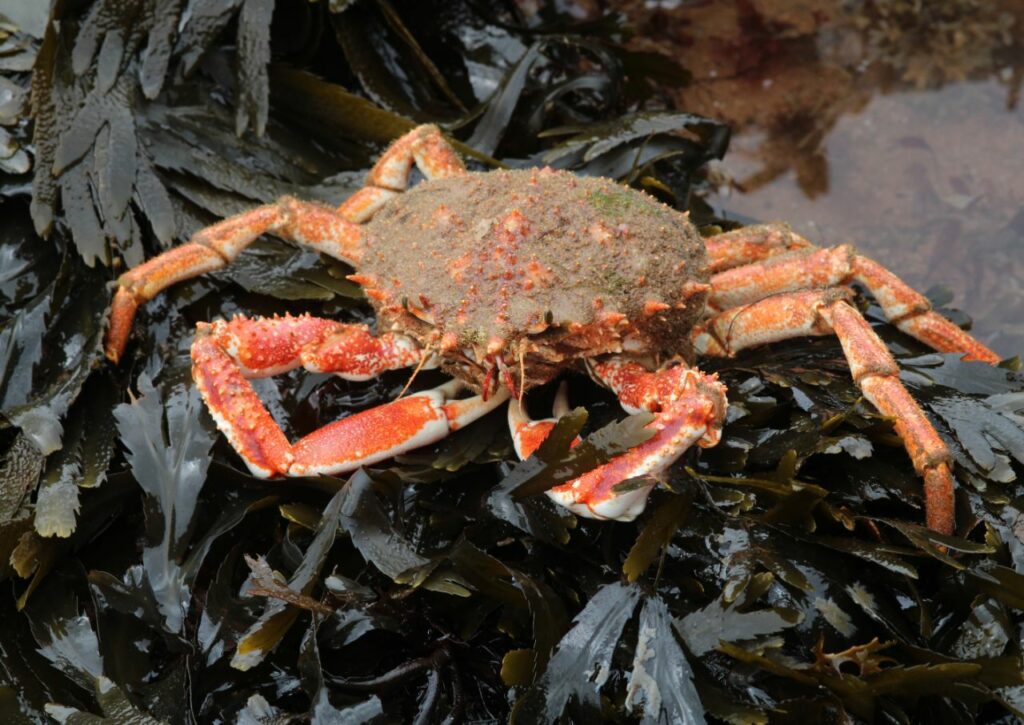
Conservation status: Common, non-threatened.
Where to find them: Spiny Spider Crabs, also known as European spider crabs, can be found from January to December on rocky areas. They are common on the south and west coasts, but are largely absent from northern England, Scotland and the North Sea.
Shell width: Up to 20cm.
ID: Known to be the largest spider crab in Britain and Ireland, they are instantly recognisable for their long legs resembling a spider. They have a distinctively spiky carapace, often covered with algae giving it a hairy, green appearance. The shell has an oval shape, broader at the back and narrower at the front. It has longer, more pronounced spines on the border of the shell, and the rest is covered by smaller spines. They are mostly orange in colour, but have been found in red, yellow or brown varieties. They have two distinct frontal spines which are sandwiched by two small eyes. The legs are covered in hair, with the first pair bearing small claws.
Common Hermit Crab (Pagurus bernhardus)
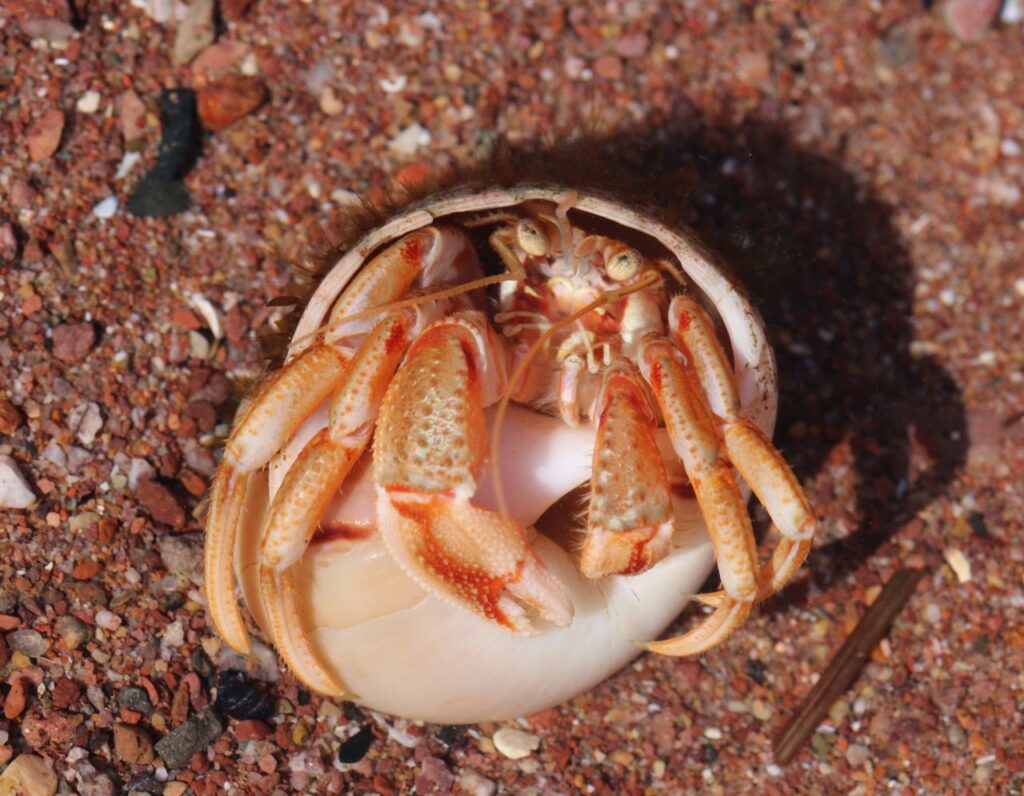
Conservation status: Common, non-threatened.
Where to find them: Common Hermit Crabs can be found year-round on rocky shores and sandy substrates along the UK coast. They are most easily found in rock pools at low tide, particularly after storms and turbulent weather, where they can be dislodged and are more easily visible.
Shell width: Varies according to body size, which can measure up to 4cm in length.
ID: The largest and most common of the 15 hermit crab species, these crabs live inside the empty shells of sea snails, commonly whelks and periwinkles. Their body is reddish-brown in colour, with a larger right pincer. Their claws are strong, and are covered in uniformly distributed granules, with two rows of larger granulations starting at the base of the claw, converging towards the middle. The species is associated with Calliactis parasitica, a sea anemone which lives on their shell in a symbiotic relationship.
Shore Crab (Carcinus maenas)

Conservation status: Common, non-threatened.
Where to find them: Shore Crabs are found year-round in rockpools. They may also be found while crabbing in shallow waters and are particularly abundant in estuaries and salt marshes.
Shell width: Up to 9cm.
ID: The species is slightly green in colour, but can also be found with orange and red carapaces and yellowish spots on the abdomen – varied colouration can be attributed to life cycle stages, and juvenile Shore Crabs specifically can have significant variance in colour. The broad carapace has five teeth on each side of the shell, and three scalloped lobes between the eyes.
Masked Crab (Corystes cassivelaunus)
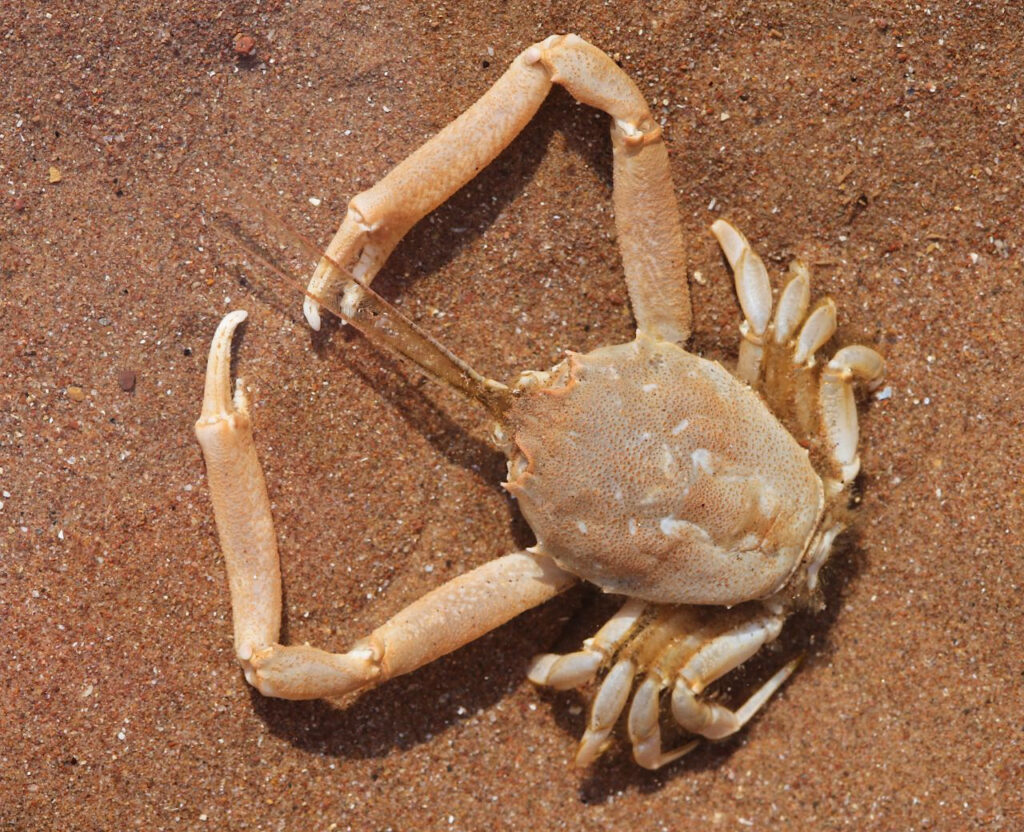
Conservation status: Common, non-threatened.
Where to find them: A small burrowing crab, the Masked Crab can be found buried in sandy substrates on the lower shore. They are found along most of the British coastline and are particularly abundant in the south and west of the UK.
Shell width: Up to 4cm.
ID: Masked Crabs have an elongated oval carapace with long antennae, often the size of their body. Their colour can range from reddish brown to yellow and the lateral margin of the carapace has four distinct spines. The claws are twice the length of the carapace, although females have smaller pincers.
Broad-clawed Porcelain Crab (Porcellana platycheles)
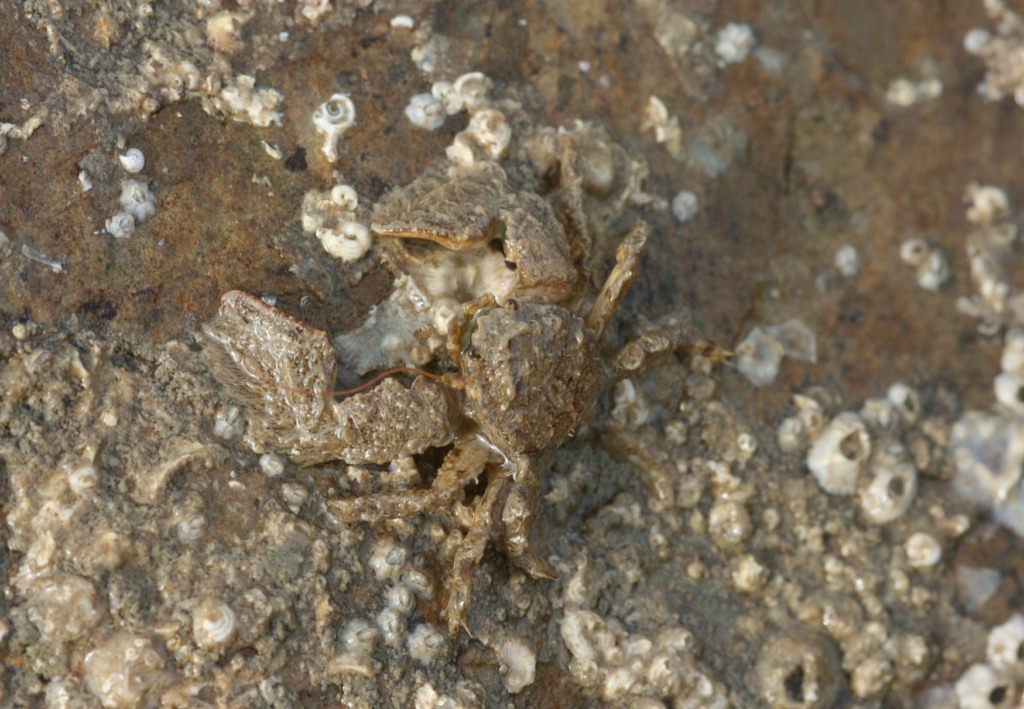
Conservation status: Common, non-threatened.
Where to find them: Can be found January to December across the UK, although with sporadic distribution. They can be found under rocks and small boulders on rocky shores.
Shell width: 1.5–1.8cm.
ID: A small crab covered with long hairs, the Porcelain Crab can be grey to greenish-brown with an off-white underside. They have large, broad front claws that appear to be slightly flattened and two long antennae. The fifth pair of legs are smaller and often concealed, resulting in the illusion of only three pairs of walking legs. Due to its size and impressive camouflage, this species can be hard to spot.
It can be truly fascinating to sift through rock pools, finding the weird and wonderful creatures that our environment has to offer, but it is important to remember best practices when investigating our wildlife. To look for crabs safely, approach them from behind to avoid pincers, opt for a net for safe retrieval and hold the crab firmly, without squeezing, to ensure that it does not fall whilst handling. When you are finished, remember to leave everything where you found it, replace any rocks that you may have turned over during your search and return crabs to the same body of water you found them in.

